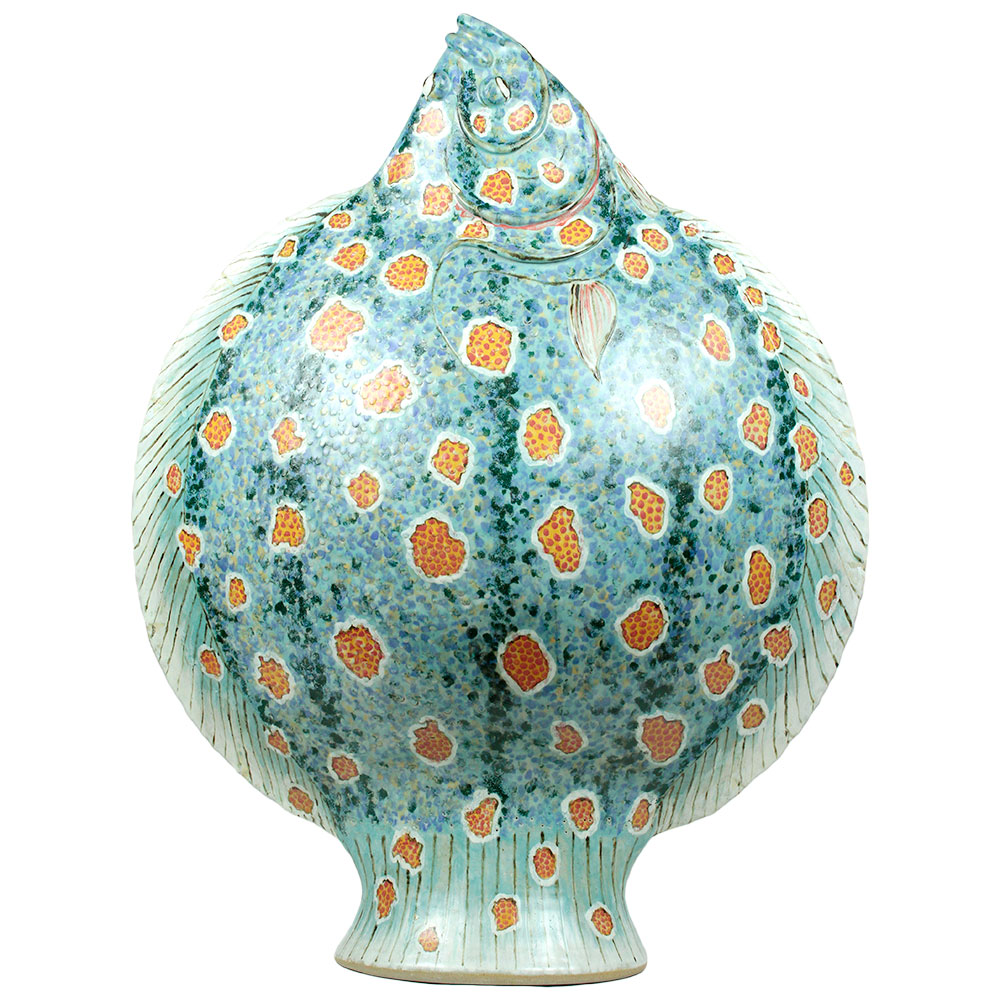Events in our beach community have often inspired us to look at how the wonders of the deep have been represented in the Fired Arts. See how WMODA is awash with weird underwater critters including fish, mollusks and crustaceans.
On the surface, curious crabs and lively lobsters might seem like an unlikely subject for artists of any kind. However, 17th century Flemish and Dutch masters enjoyed depicting sea creatures in their luscious still life paintings. The 19th century German naturalist and artist, Ernst Haeckel, created intricate drawings of crabs, lobsters and other sea creatures to illustrate his important scientific research. His stunning designs in Artforms of Nature (1904) accentuate the bizarre beauty of these underwater residents.
Crustacean Couture
In the 1870s, British cartoonist Lionel Sambourne lampooned women’s fashion with a series of Designs from Nature, which featured in Punch magazine. One of the most absurd outfits was a lobster shaped gown. He also imagined an octopus hat and coiffeur. Curiously, lobster couture became a reality when Schiaparelli designed a white silk dress worn by Wallis Simpson days before she married Edward VIII. Lobster designs were painted by Salvador Dali, who also created a surreal lobster telephone. Fellow artist, Pablo Picasso, was inspired by a cat encountering a lobster for a series of still life paintings.
Maritime Majolica
English 19th century potteries, such as Minton, Wedgwood and George Jones, aspired to bring the abundance of nature into the home with realistically modeled seafood serving dishes for the table. Lobsters and sardines adorn boxes for fish paste. Nautilus and conch shells supported by mermaids and mermen serve as fruit and flower bowls, perpetuating the myths of ancient Greece and Rome. Perhaps the most extraordinary majolica piece at WMODA features a Georges Pull sculpture of a boy being nipped by a lobster.
Wonders of the Deep
The grotesque fish depicted by the Martin Brothers in the 1870s are said to represent creatures in the polluted drinking water of the River Thames as seen through a microscope. At their studio in South London the three brothers incised bizarre sea monsters on a variety of salt-glazed vases. They also modeled hybrid fish creatures as scary spoon warmers and conversation pieces for the dining table. One of their artists, Mark V. Marshall, went on to work for Doulton’s Lambeth Studio and took with him a taste for the weird and wonderful as can be seen in his comical puffer fish.
Doulton’s fishy creations were exhibited at the 1883 International Fisheries Exhibition in London, a cultural and scientific event which was the largest in the world at that point attracting 2.6 million visitors. As well as photographs of the spectacular exhibits, including a giant squid from the USA, magazines published humorous cartoons of sea creatures. Doulton’s Lambeth Pottery responded with a variety of designs, including fountains and garden ornaments by George Tinworth of children riding dolphins and bizarre fish sculptures by Mark Marshall.
The Water Babies
The classic tale of The Water Babies by the Reverend Charles Kingsley was first published in 1863 and was a hugely popular children’s book for nearly a century. It was partly written as a tract against child labor and a satire on Darwin’s Origin of the Species and theories of evolution. It is admired today for the exquisite illustrations by a succession of artists whose work influenced the Royal Doulton designers. One of Charles Noke’s first figurines in 1913 featured a Child on a Crab, which is now extremely rare.
In centuries past, many hardy women plied their trade as fishmongers on the streets of major cities. Molly Malone, who wheeled her wheelbarrow through the streets of Dublin, is celebrated in song for her cry of “cockles and mussels alive-alive-o”. She has been portrayed as a Royal Doulton figure and a bronze statue in Dublin city center, which is popularly known as the ‘Tart with the Cart’ or the ‘Dish with the Fish’. Another porcelain figure which might fit the latter description is Lenci’s striking nude on a fish.
Fishy Business
Fish were among William Moorcroft’s earliest and most popular designs when he opened his own factory in Stoke-on-Trent in 1913. His decorating technique of tube-lining using raised liquid clay outlines was ideal for portraying sinuous fish splashing in the water in the fashionable art nouveau style. Sally Tuffin, former Design Director at Moorcroft, produced some striking fish designs in the 1980s. She now has her own pottery in Somerset called the Dennis Chinaworks where she makes incised, tube-lined and modeled designs of underwater life, including jellyfish, lobsters and dolphins. The artists in today’s Moorcroft studio continue to produce striking maritime designs featuring octopus, seahorses and seabirds.
Fantasy & Fun
The Ardmore artists in South Africa have given sea creatures the same vivacious treatment as their better known ‘Big Five’ safari animals. The ceramic studio is a couple of hours from Durban on the Indian Ocean, which teems with sub-tropical sea life. Ardmore’s artists combine fantasy and fun with lively modeling and brilliant colors. The fantastic sail fish tureen, with its sea shells and hermit crab lid, is one of the most entertaining maritime pieces at WMODA. There are also Zulu whale, fish and dolphin riders following a tradition which dates to pre-Christian times and can be seen in Greek and Celtic art.
Roger Cockram is a contemporary British studio potter who takes his inspiration from the wonders of the deep. Initially he studied as a scientist, specializing in marine biology, and his fascination for underwater life continues in his new career as a potter. He works in stoneware and porcelain at his studio in Chittlehampton in North Devon where he creates awesome pieces celebrating marine life. His sense of fun can be seen in the titles of his work at WMODA, such as the monumental Plaiced on the Sea Bed.
A Sea of Glass
Many striking Lalique designs were inspired by the ocean as can be seen at WMODA. His fishy motifs reflected the Art Deco style of the 1920s and he also reflected the popular fascination for mermaids. Pino Signoretto, the late Murano Maestro, collaborated with Chihuly in the Venetian Putti series that combined vessel forms with hot-glass figurative sculpture. In their marine series from 1997, the mischievous putti cavort with fish, dolphins and other underwater life. Local artist Brenna Baker of Hollywood Hot Glass spent a year working with Signoretto and learning from his glass blowing ‘performances’. Brenna is inspired by the Florida shoreline and has created glass installations of giant waves as well as underwater creatures such as, tropical fish, starfish, crabs and mermaids. Rob Stern also trained with Signoretto and his influence can be seen in his spectacular Sea Dream.
Dania Beach Art & Seafood Celebration
Free Our Seas Environmental Art Fest 2019
Related Pages...
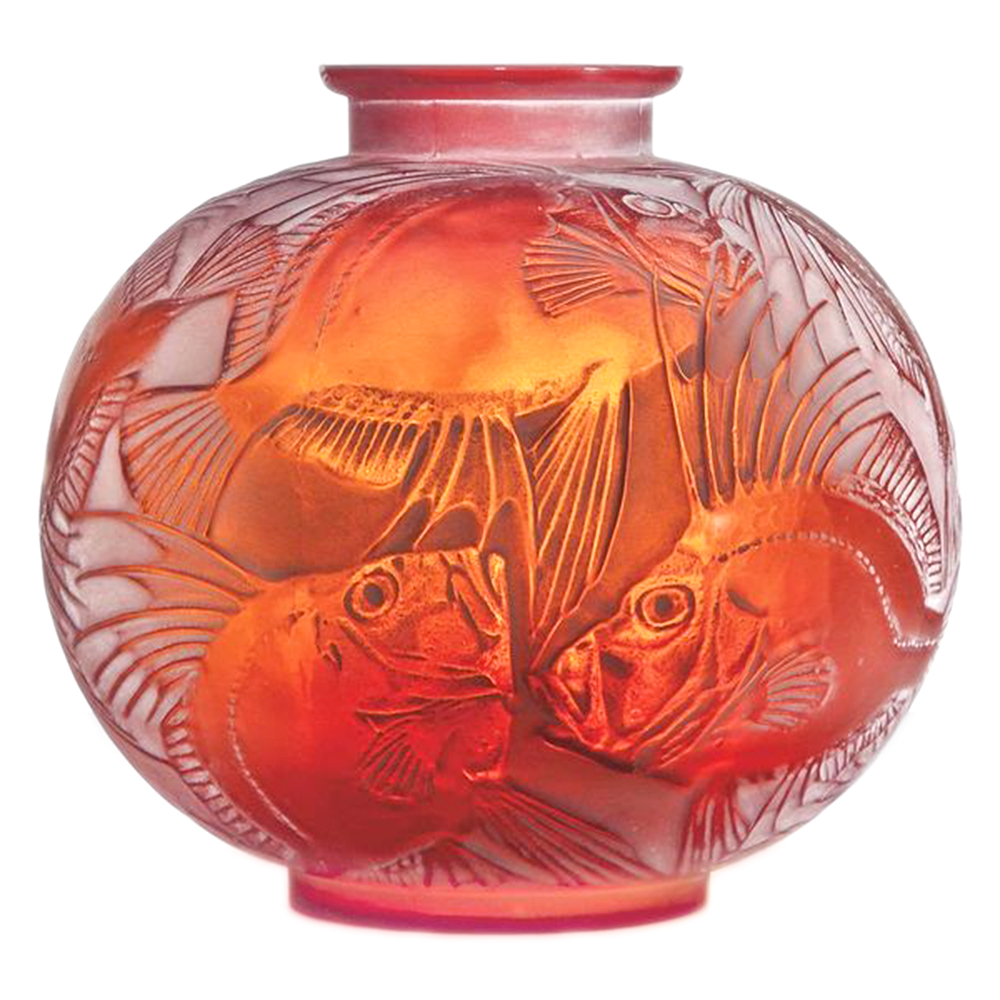
Lalique Poissons Vase
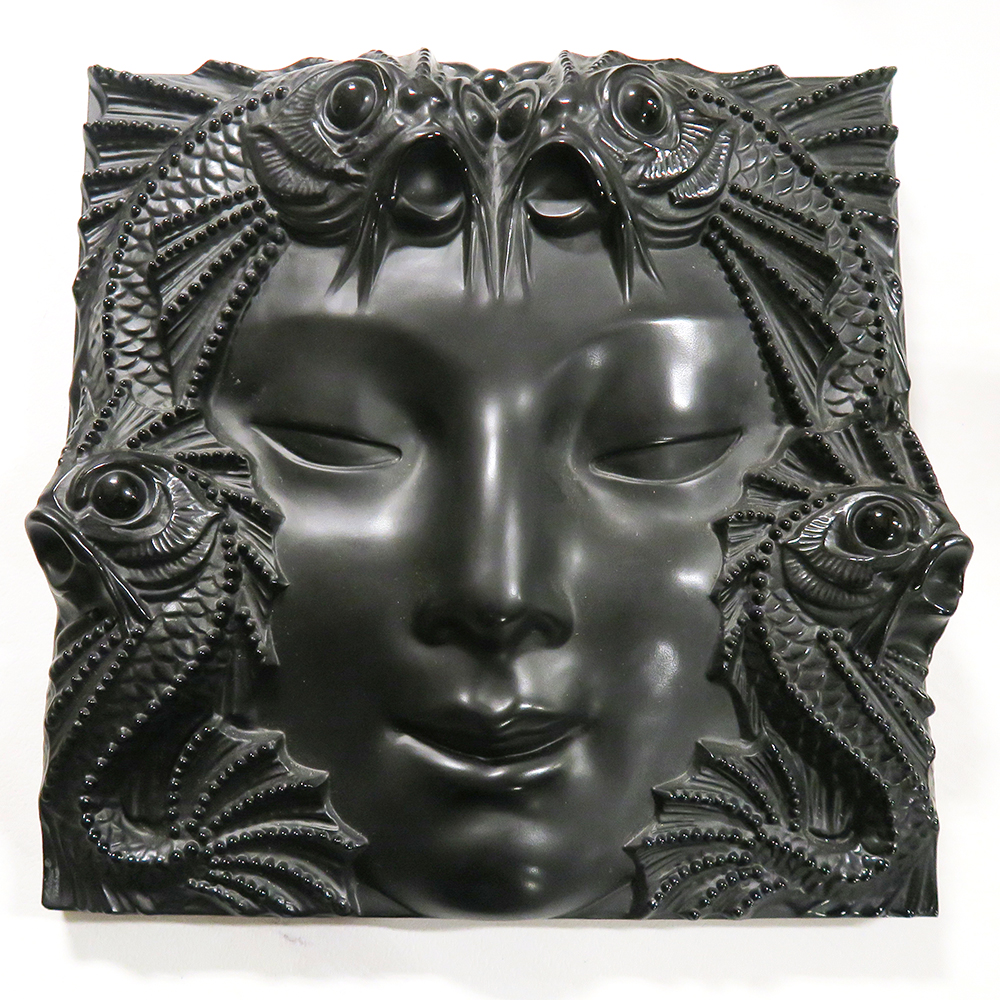
Lalique Fontaines Poissons
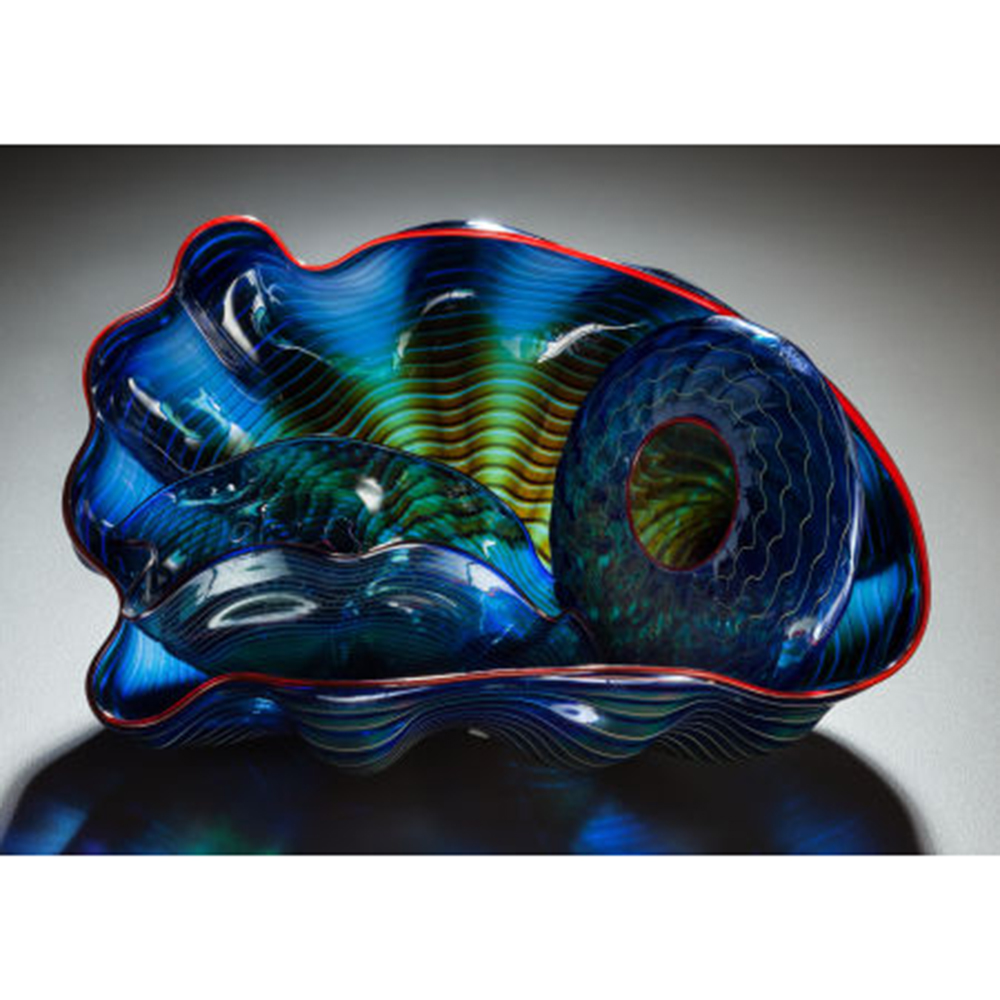
Seaform by D. Chihuly
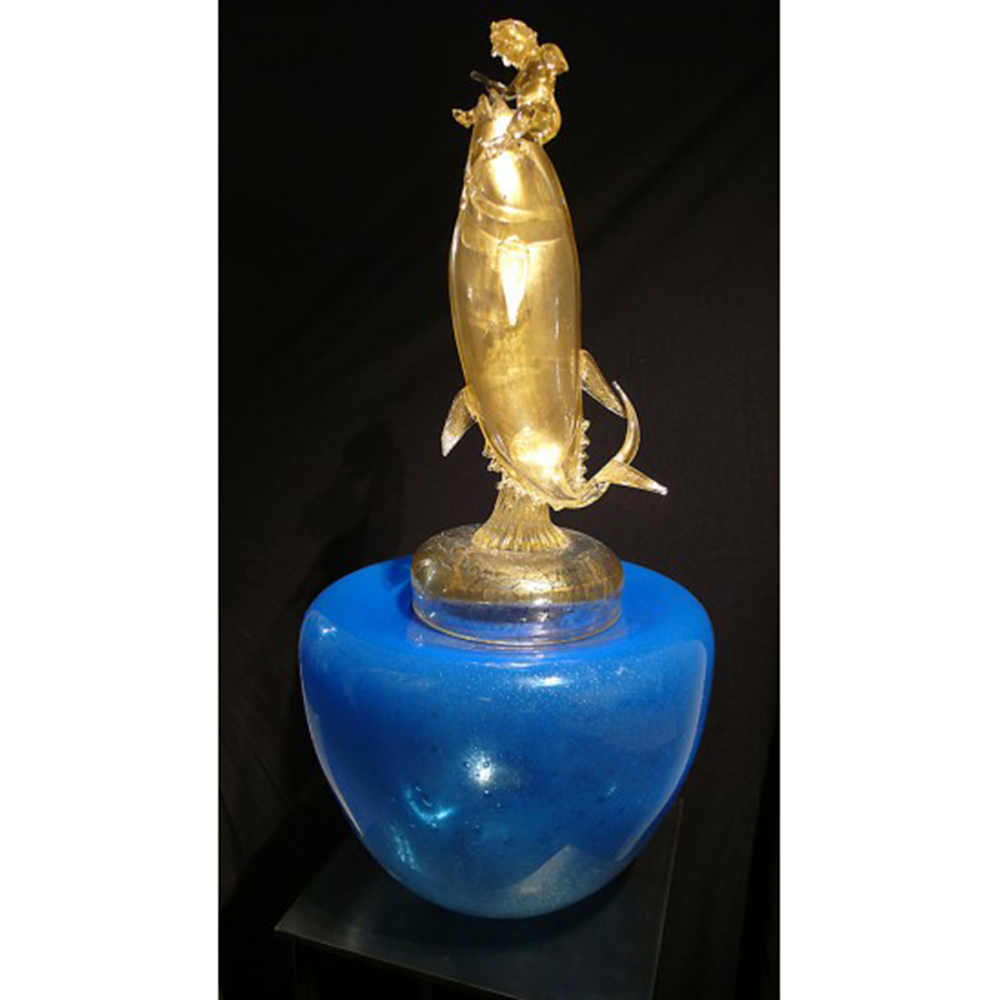
Carp Venetian by D. Chihuly and P. Signoretto
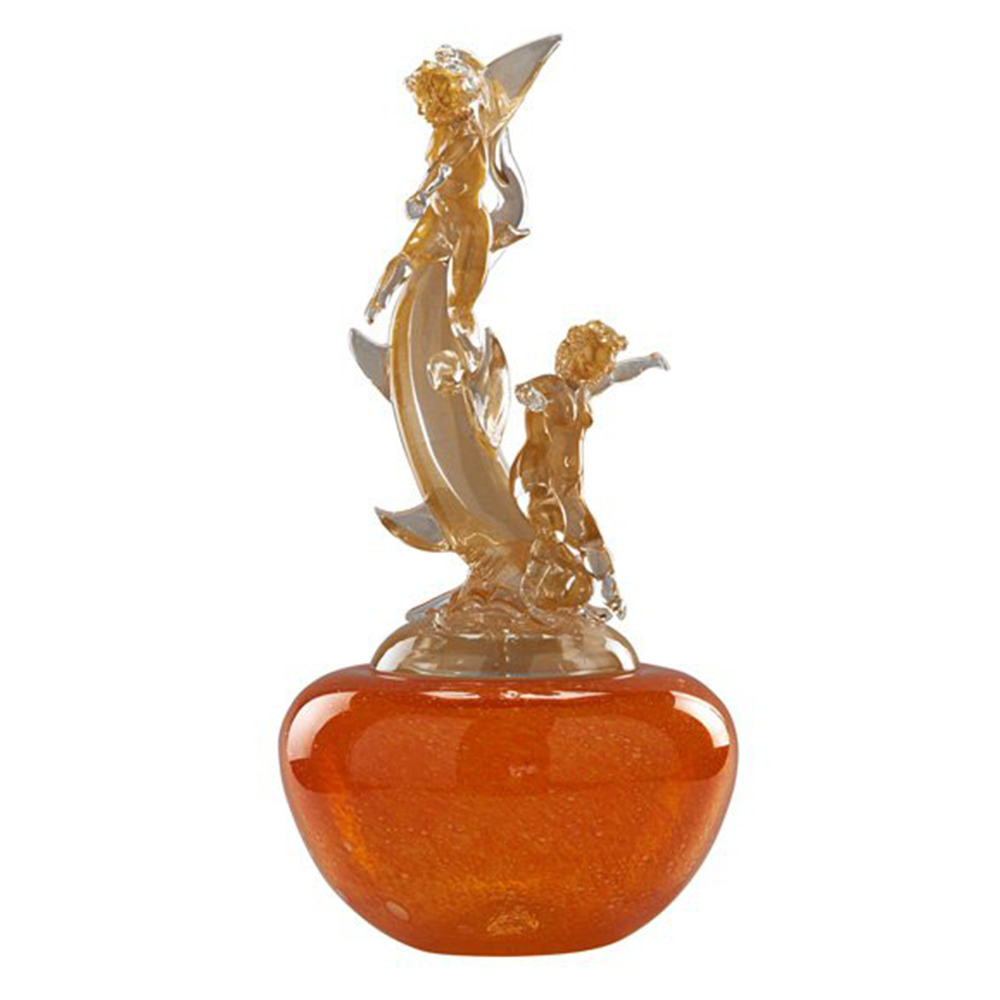
Fish Venetian by D. Chihuly and P. Signoretto
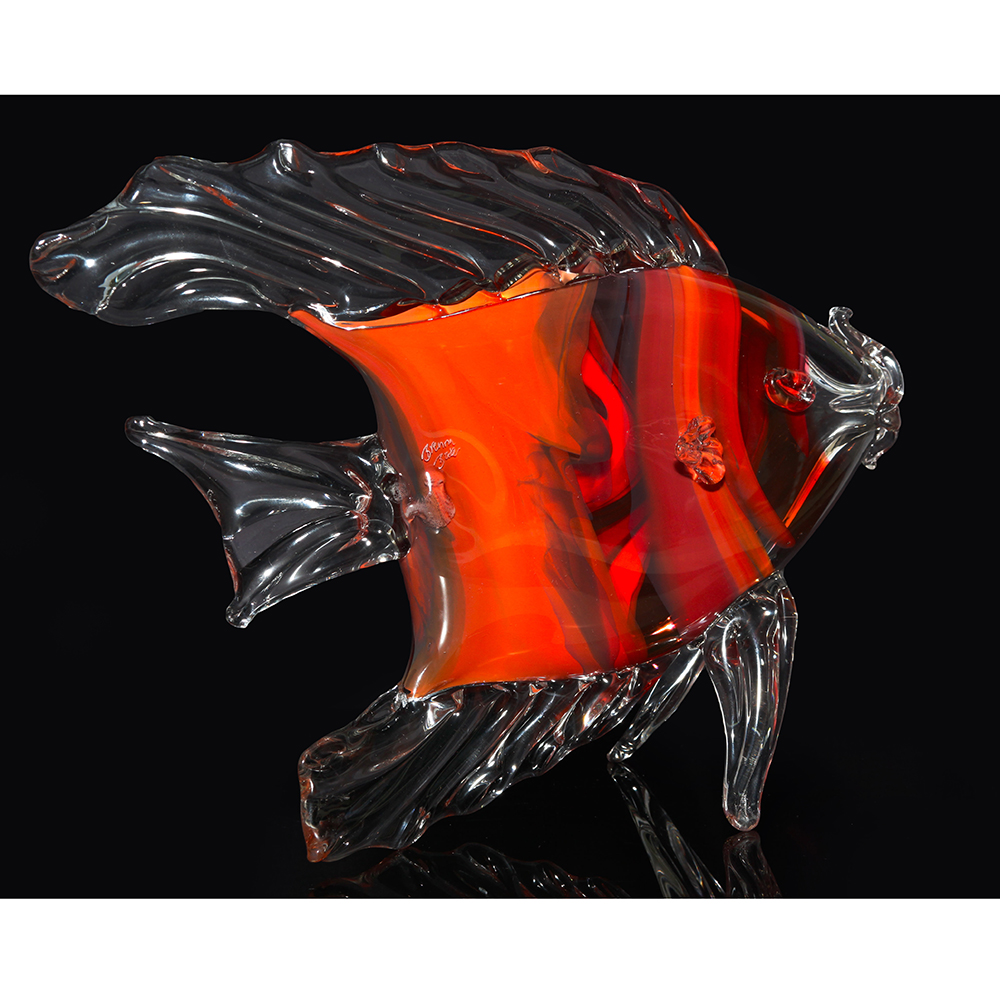
Fish by Brenna Baker
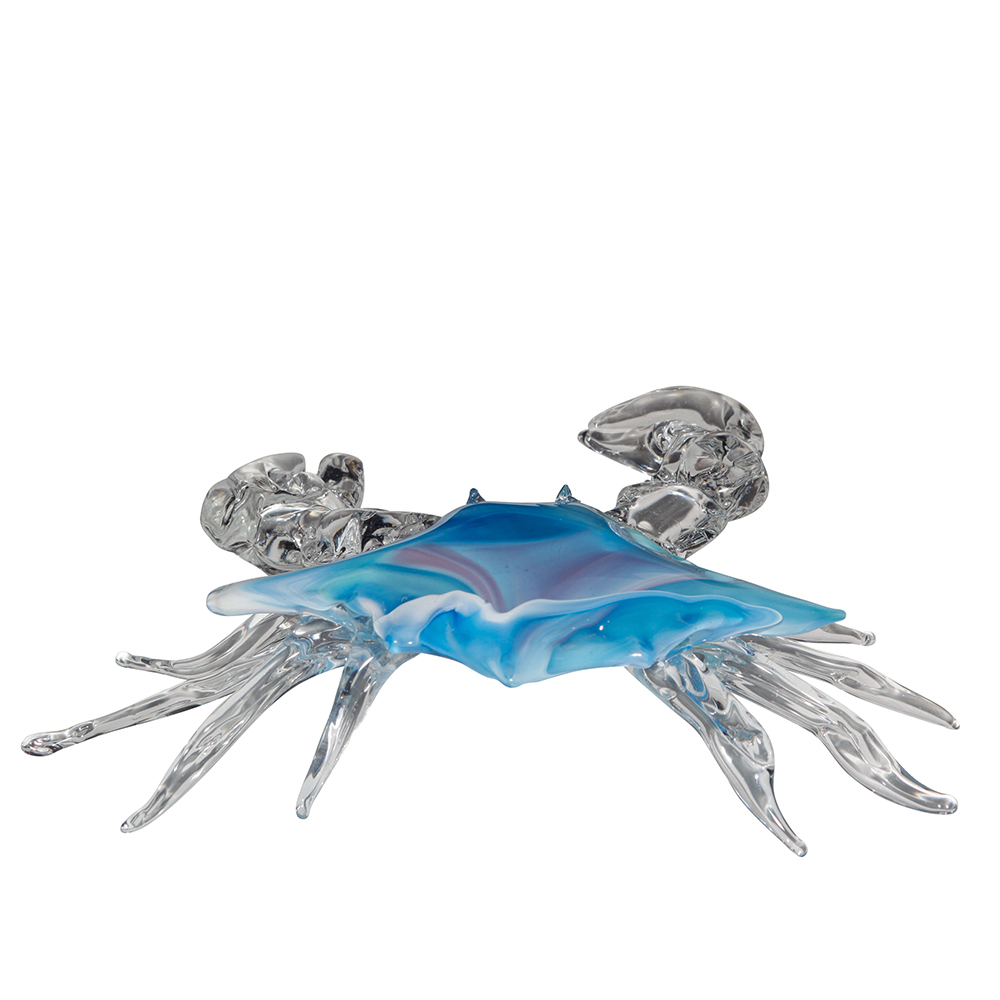
Crab by Brenna Baker
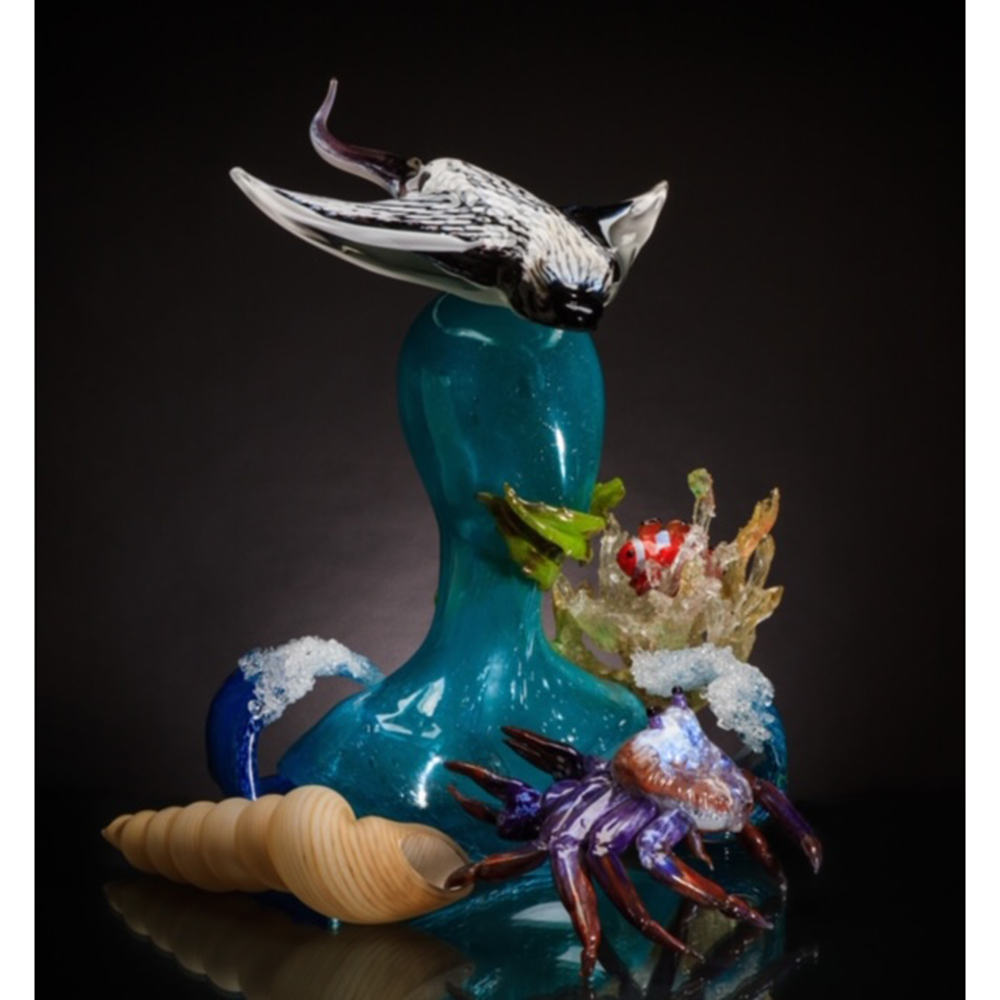
Seadream by R. Stern
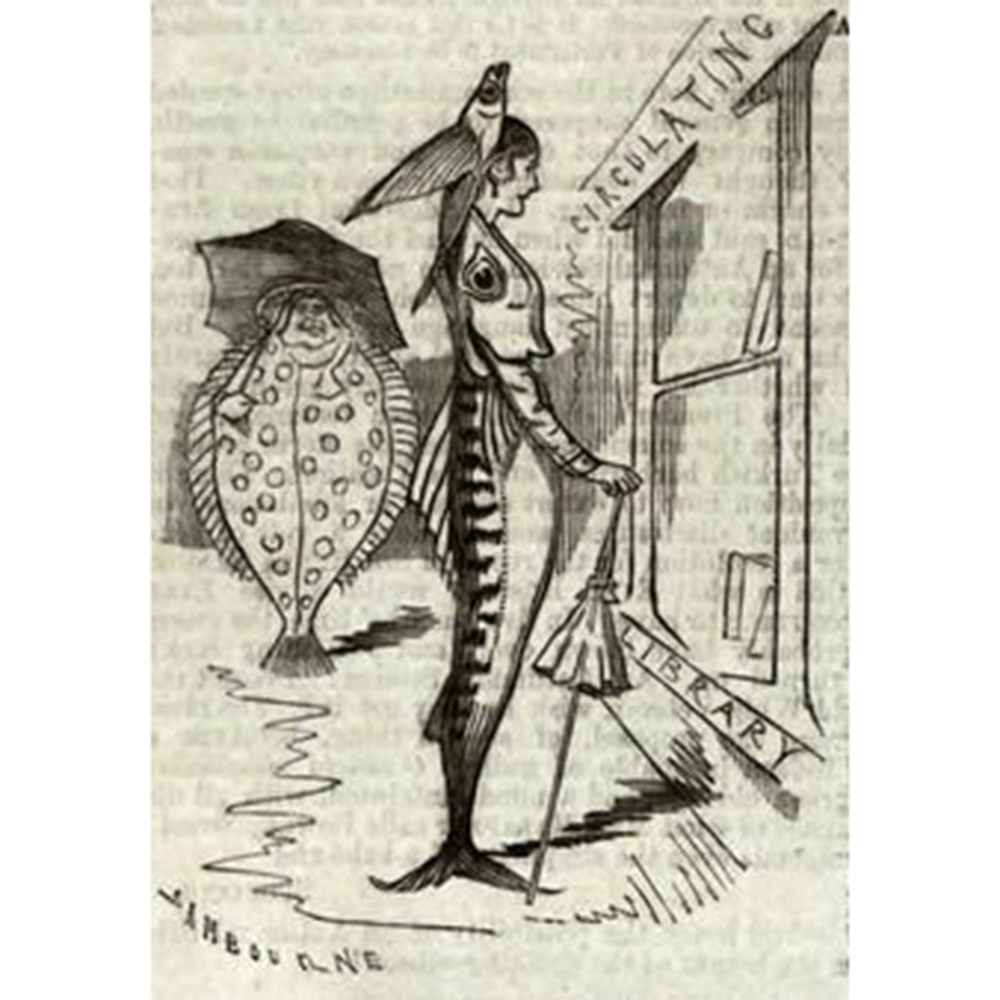
Designs after Nature by L. Sambourne
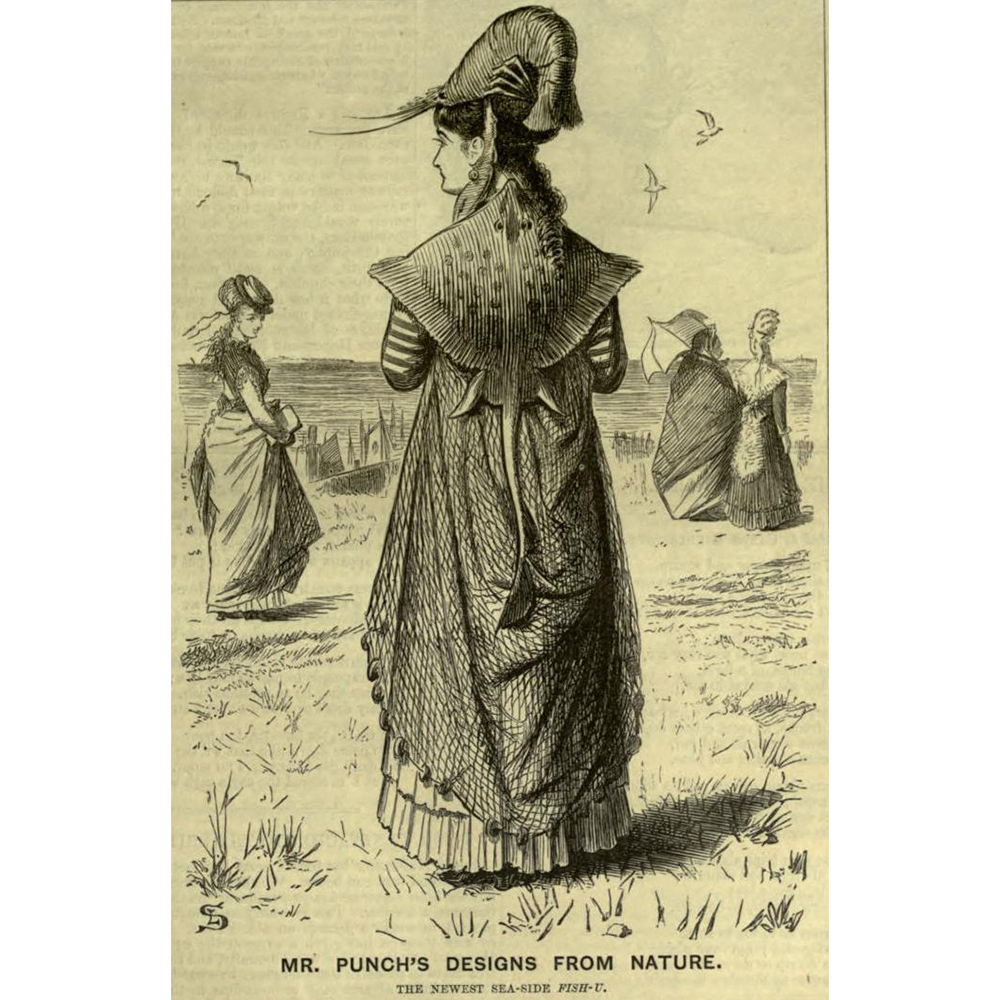
Designs after Nature by L. Sambourne
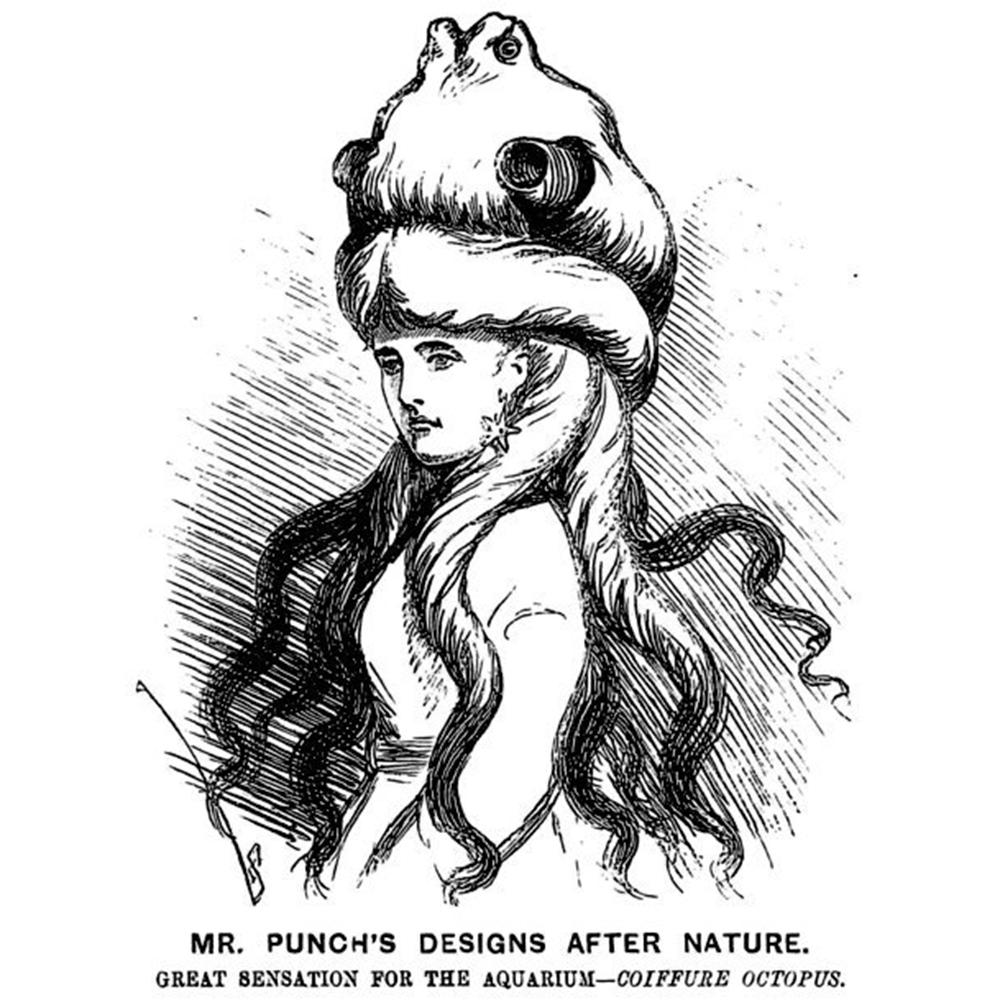
Designs after Nature by L. Sambourne
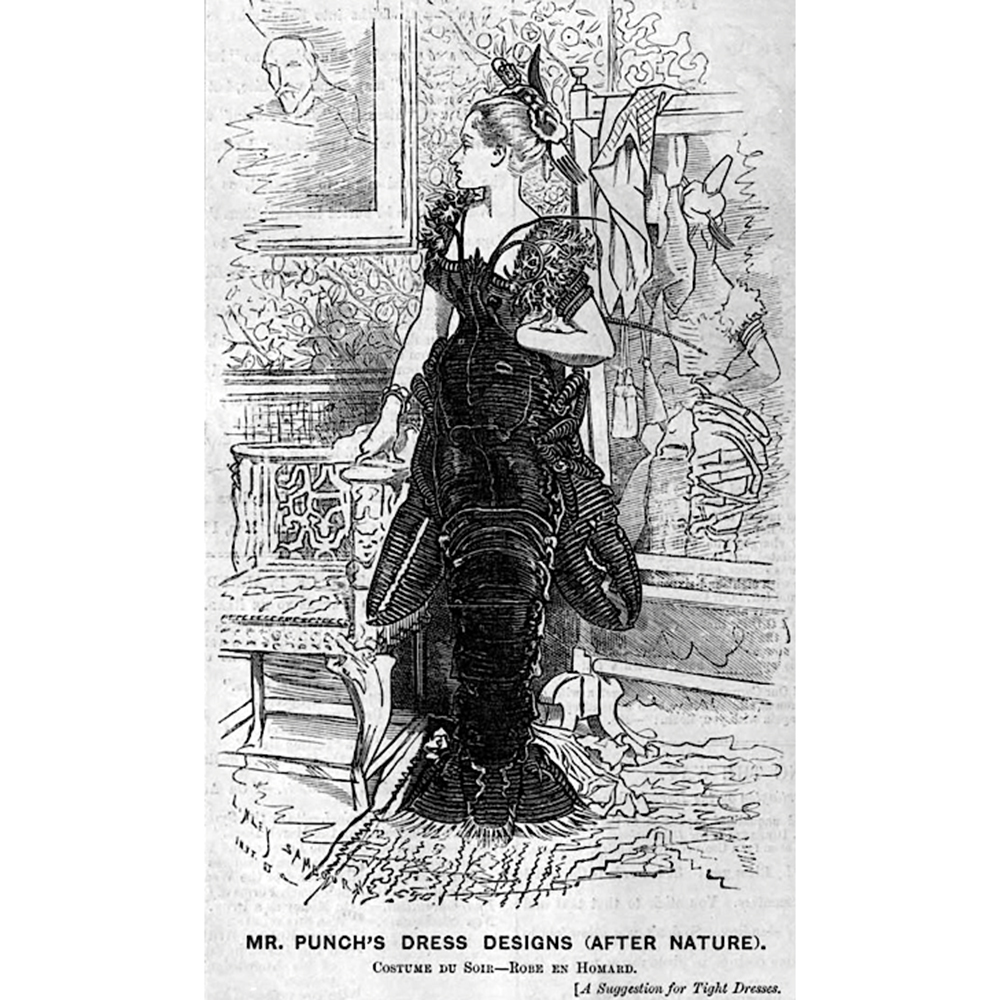
Wallis Simpson in Lobster Dress
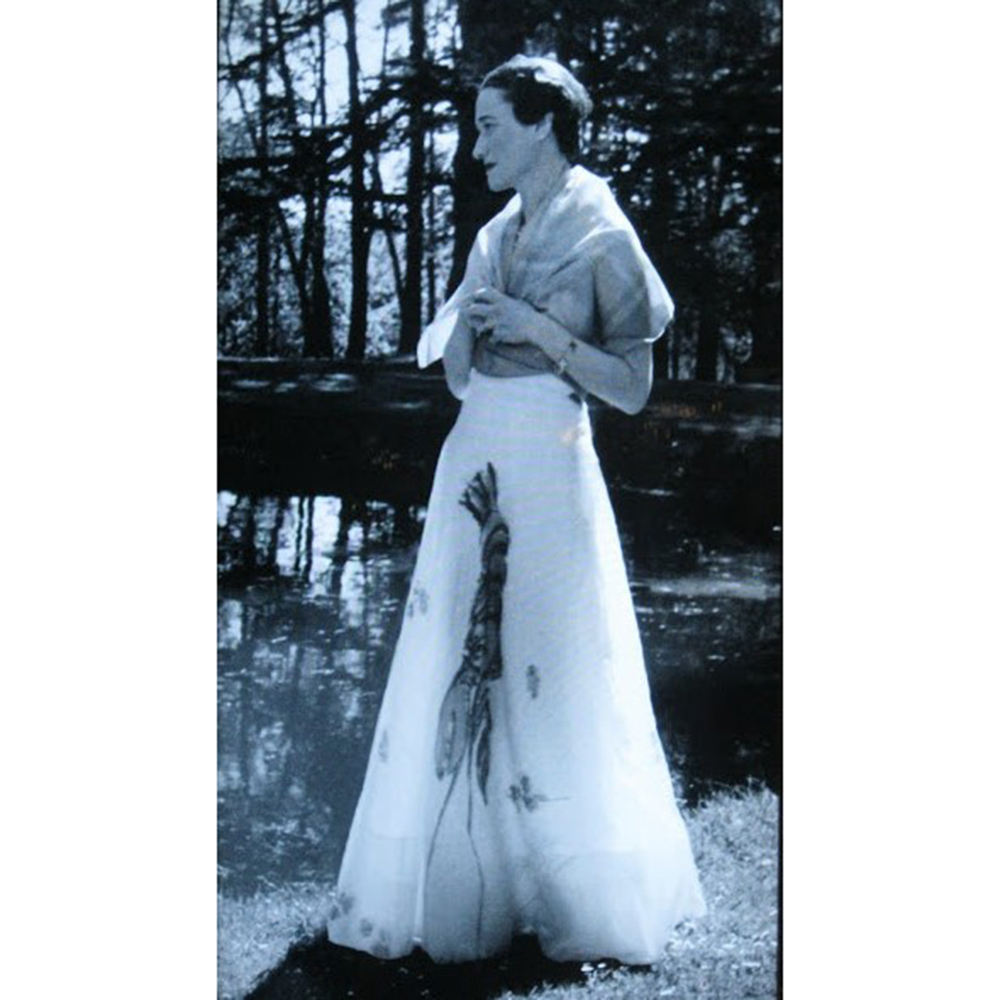
Wallis Simpson in Lobster Dress
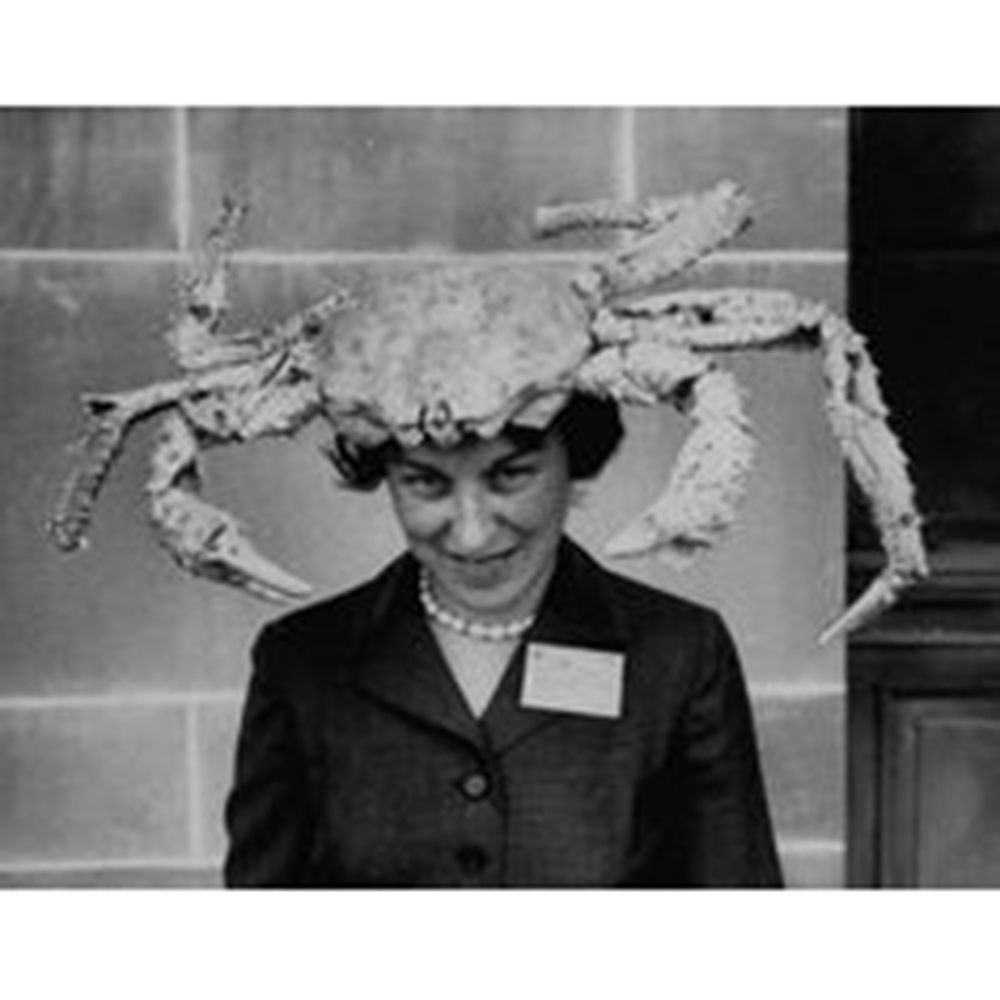
Creative Crab Hat
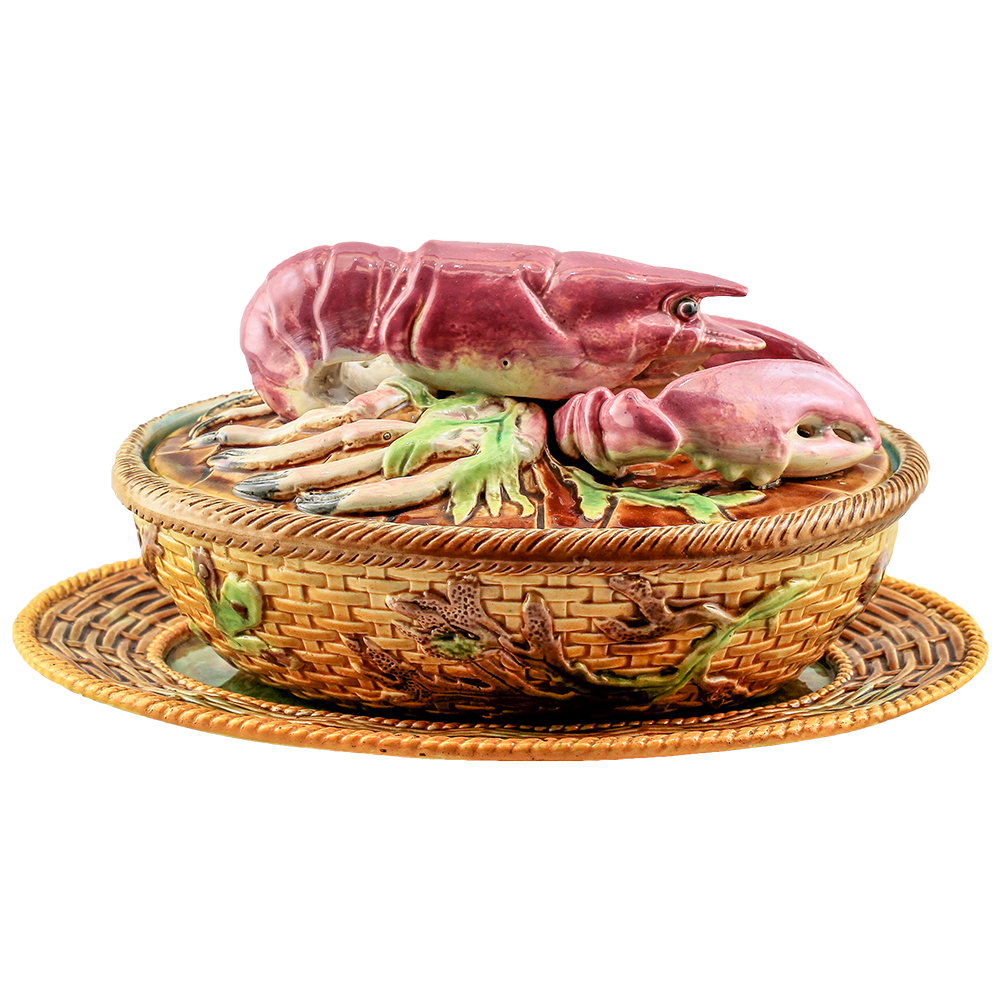
Minton Majolica Lobster Box
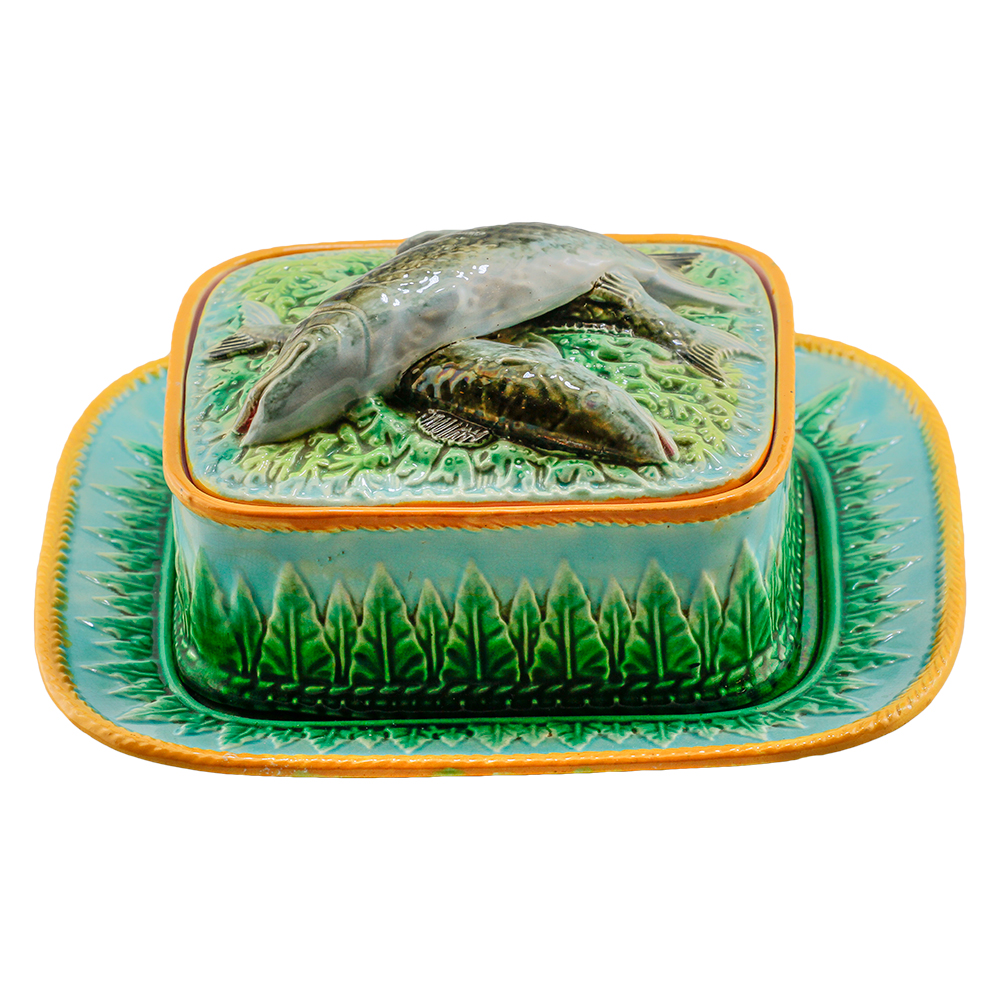
Minton Majolica Sardine Box
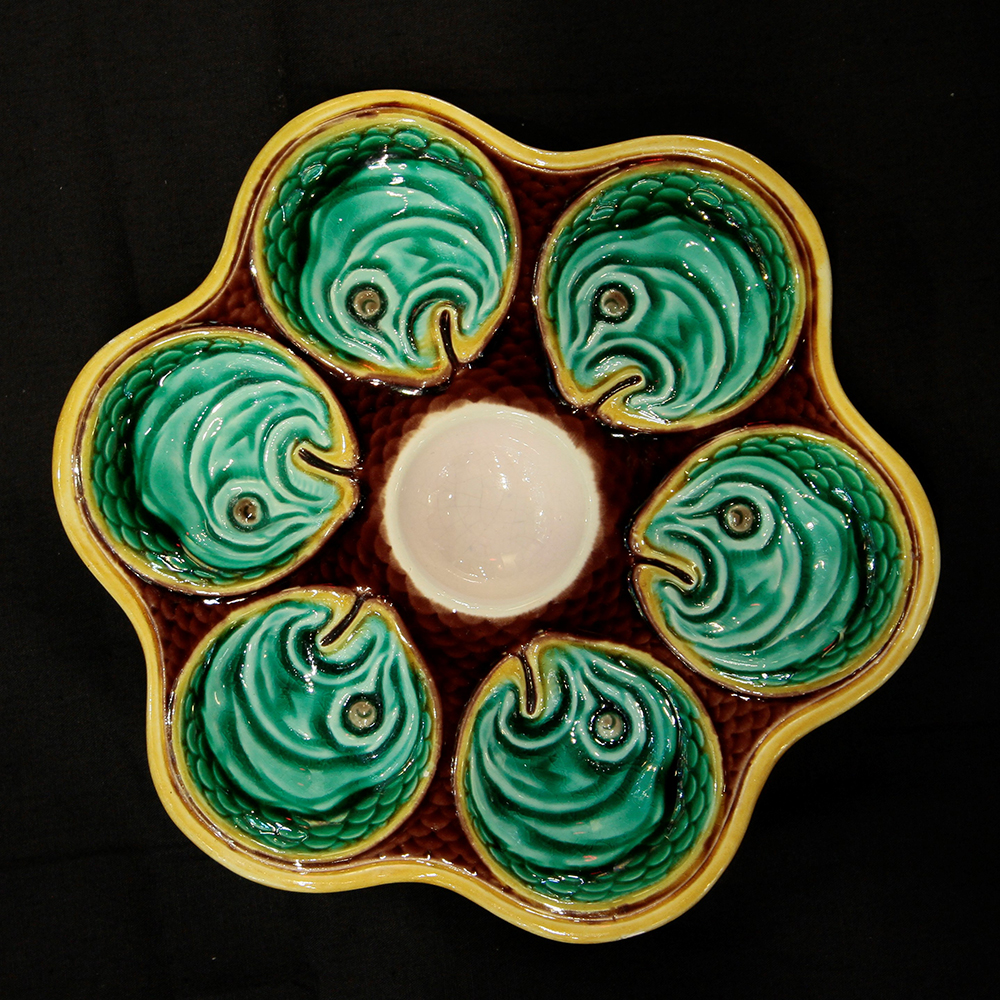
Wedgwood Majolica Oyster Tray
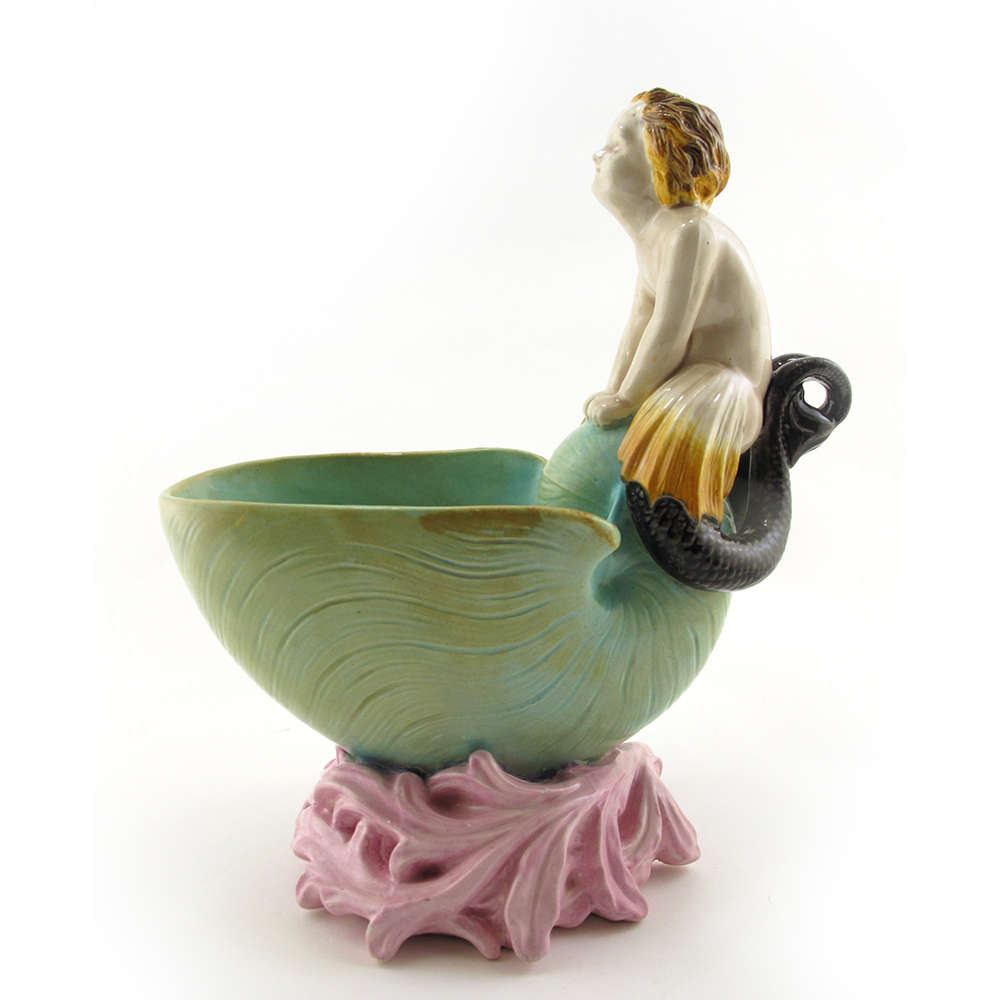
Minton Majolica Merboy Dish
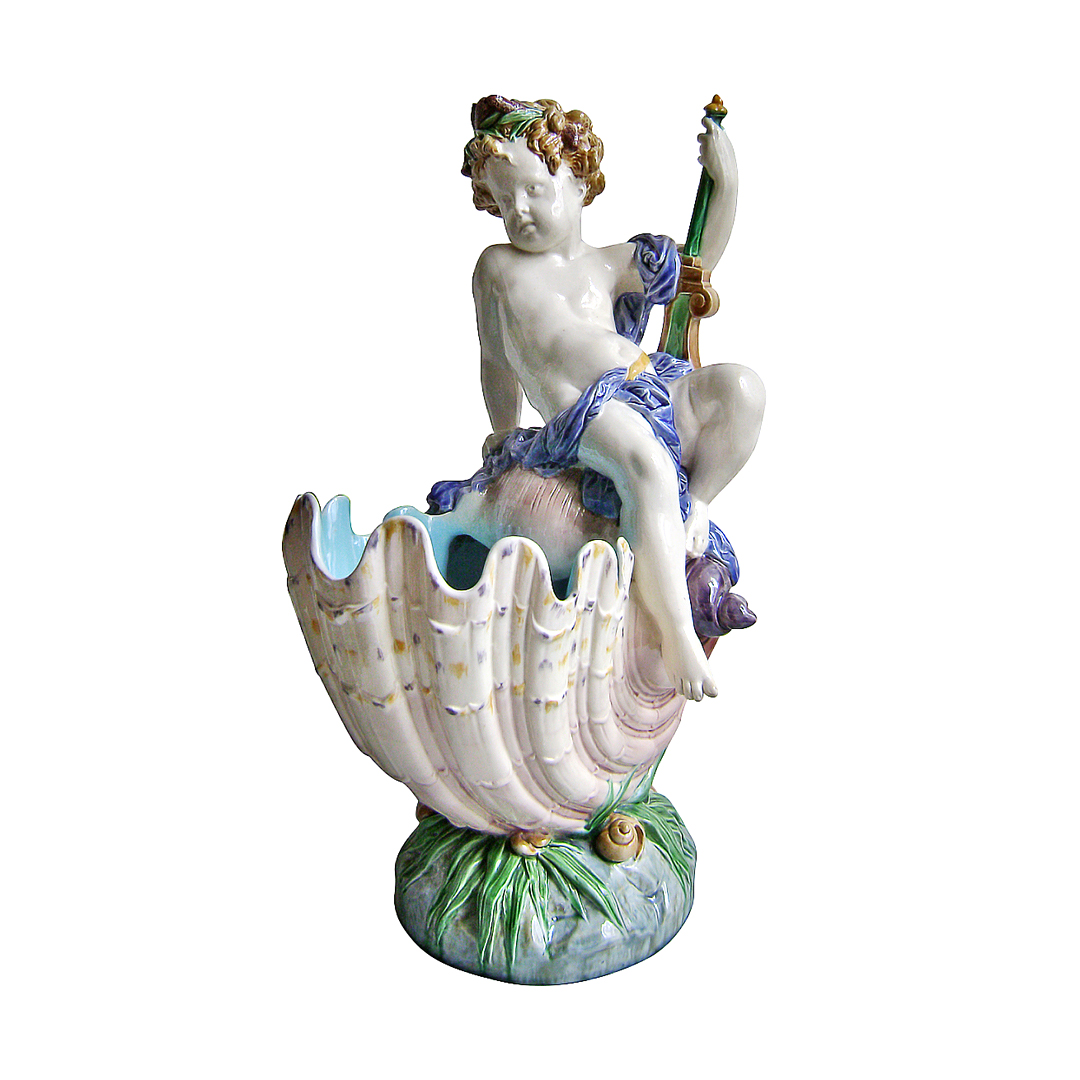
Minton Majolica Nautilus
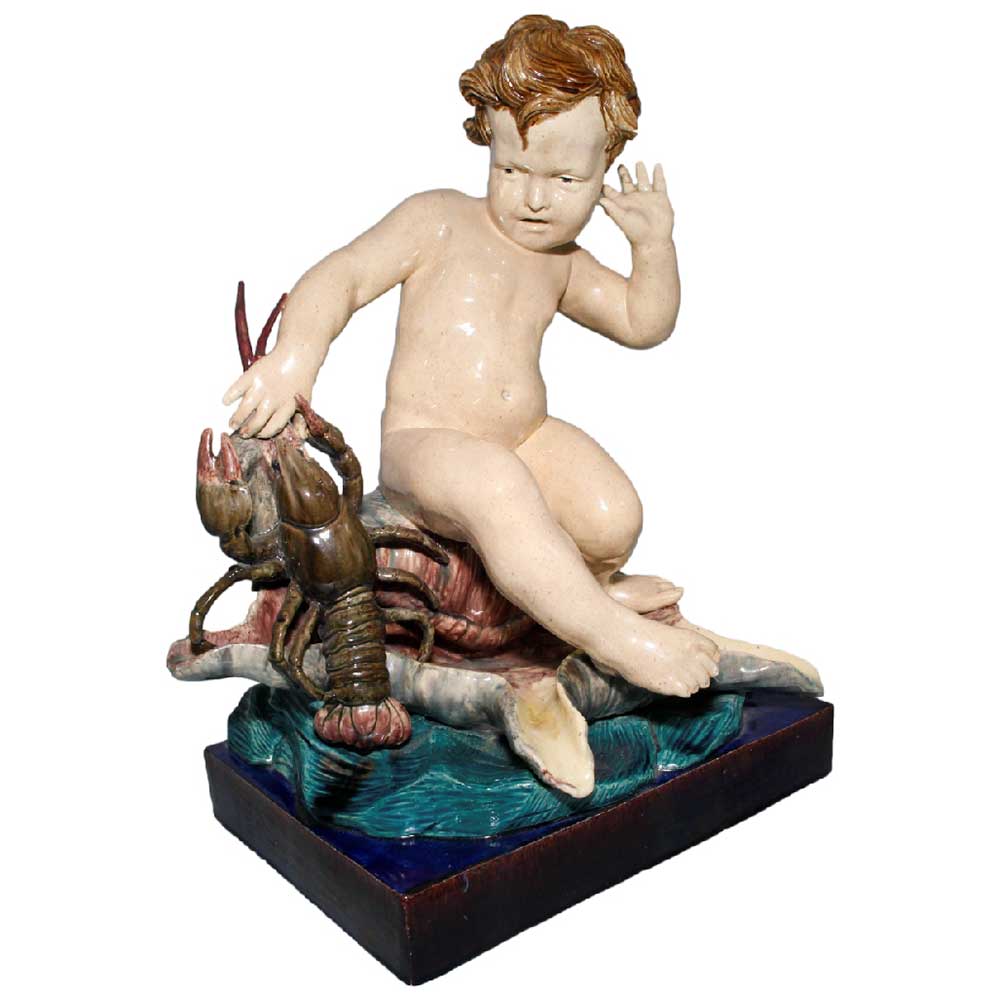
Georges Pull Lobster Boy
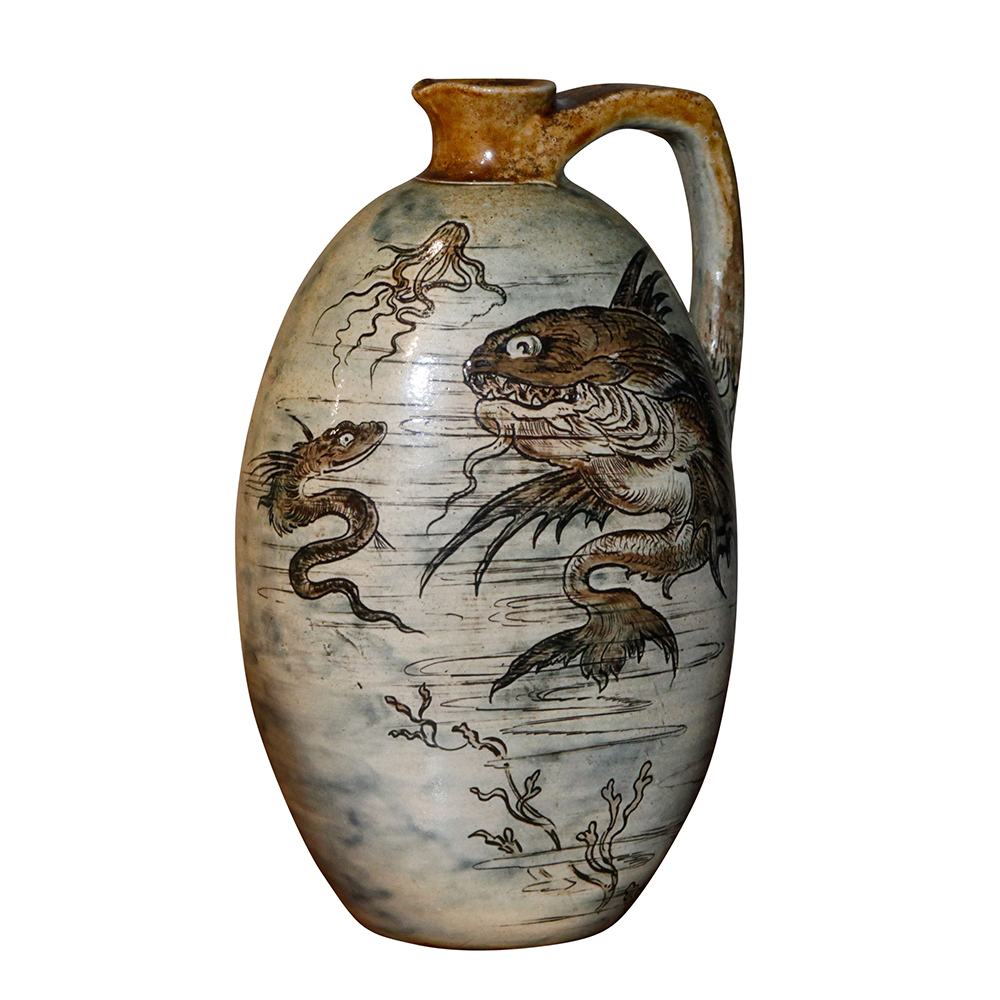
Martin Brothers Jug
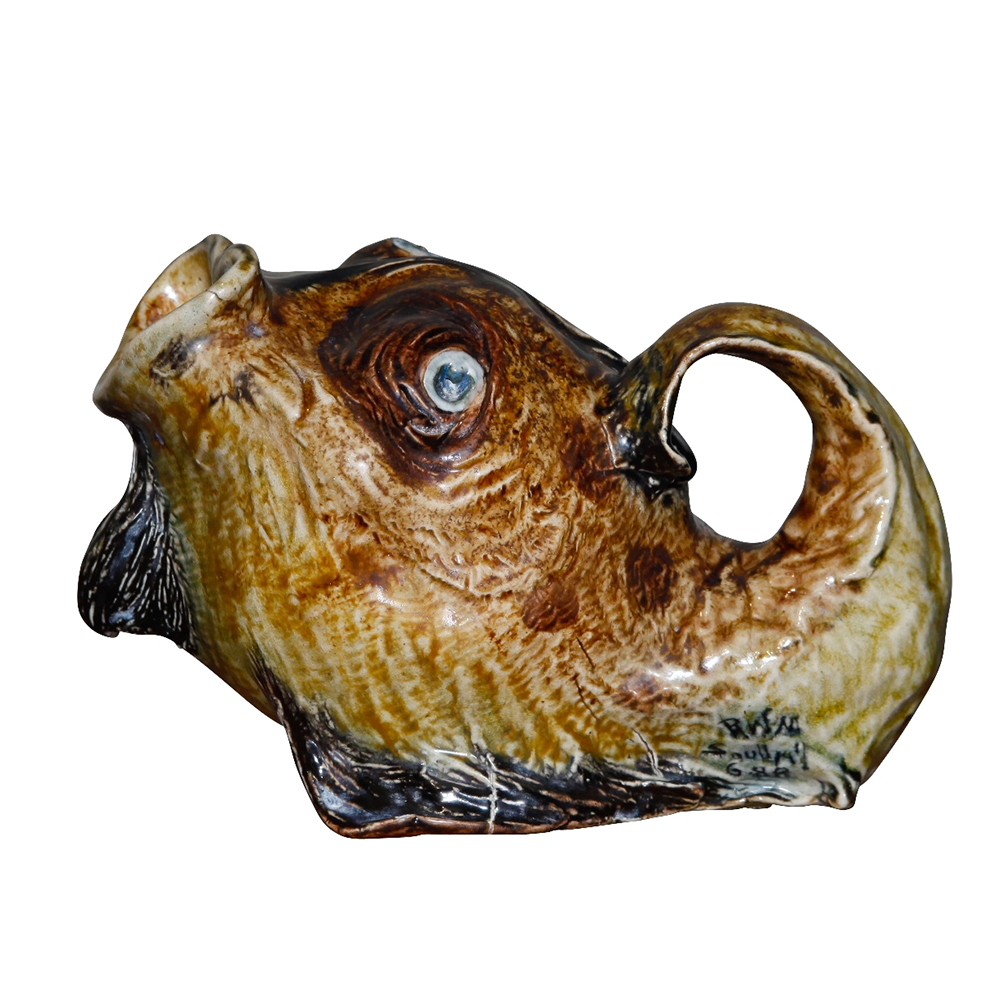
Martin Brothers Spoon Warmer
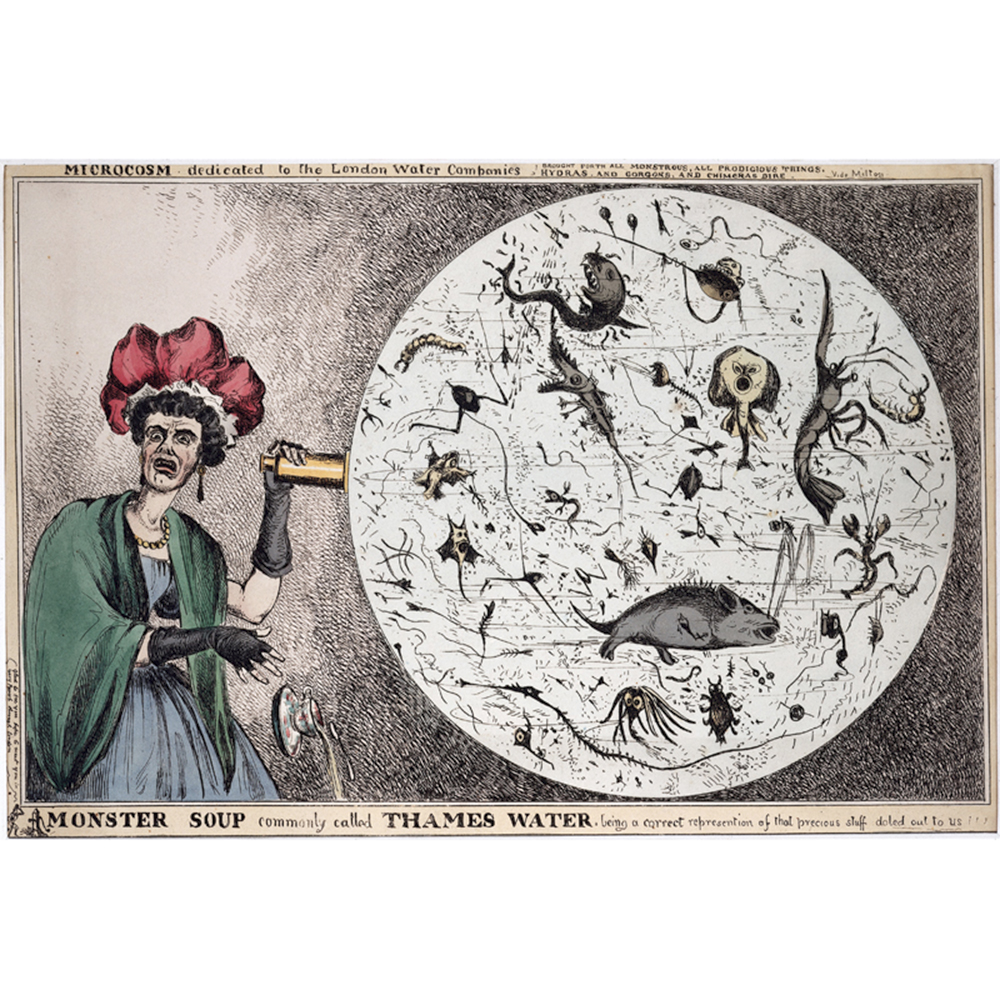
Monster Soup Thames Drinking Water Cartoon
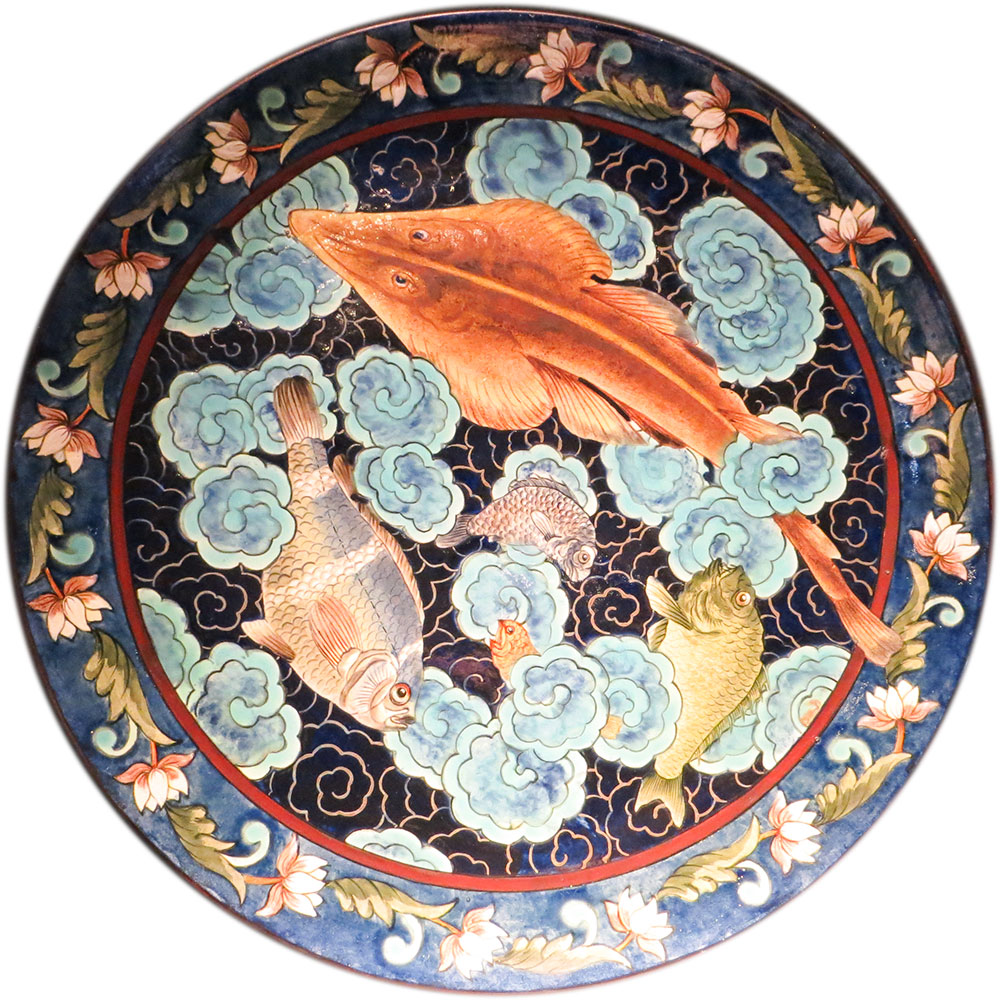
Doulton Faience Fish Plaque
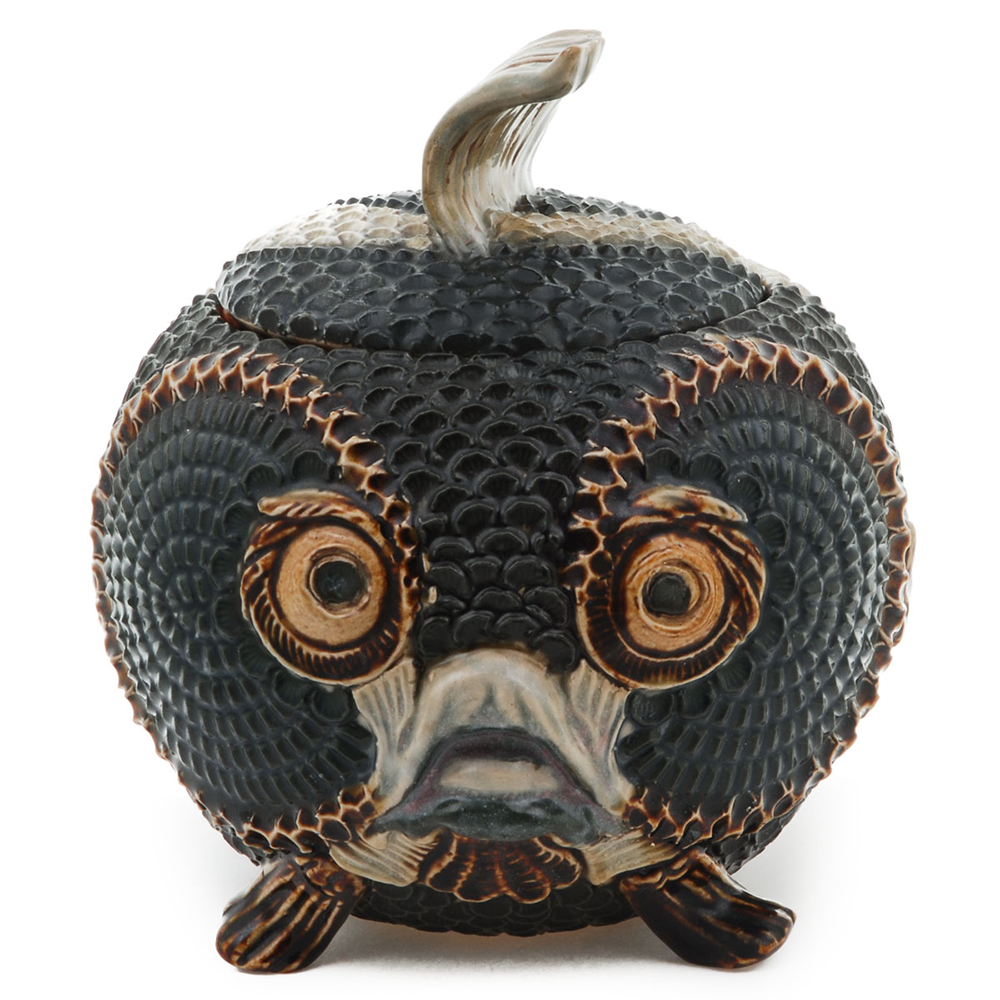
Doulton Lambeth Puffer Fish by M. V. Marshall
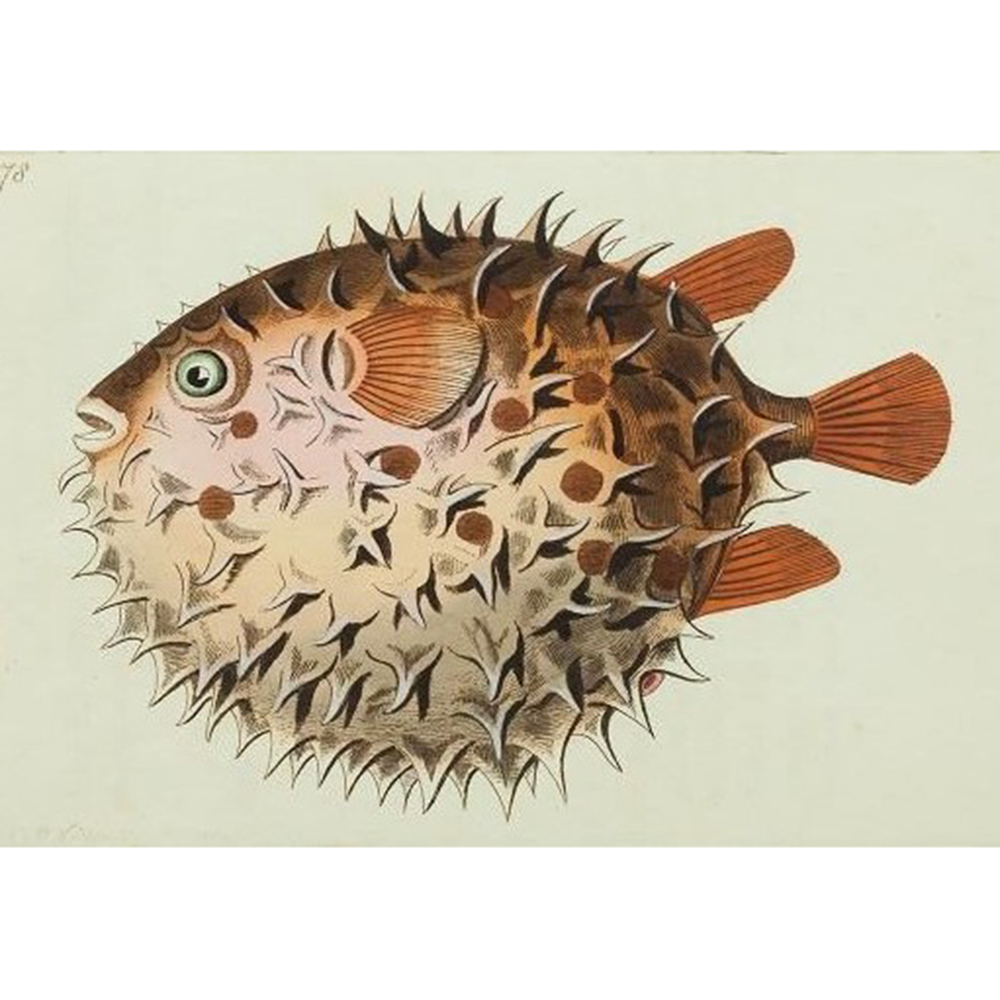
Puffer Fish
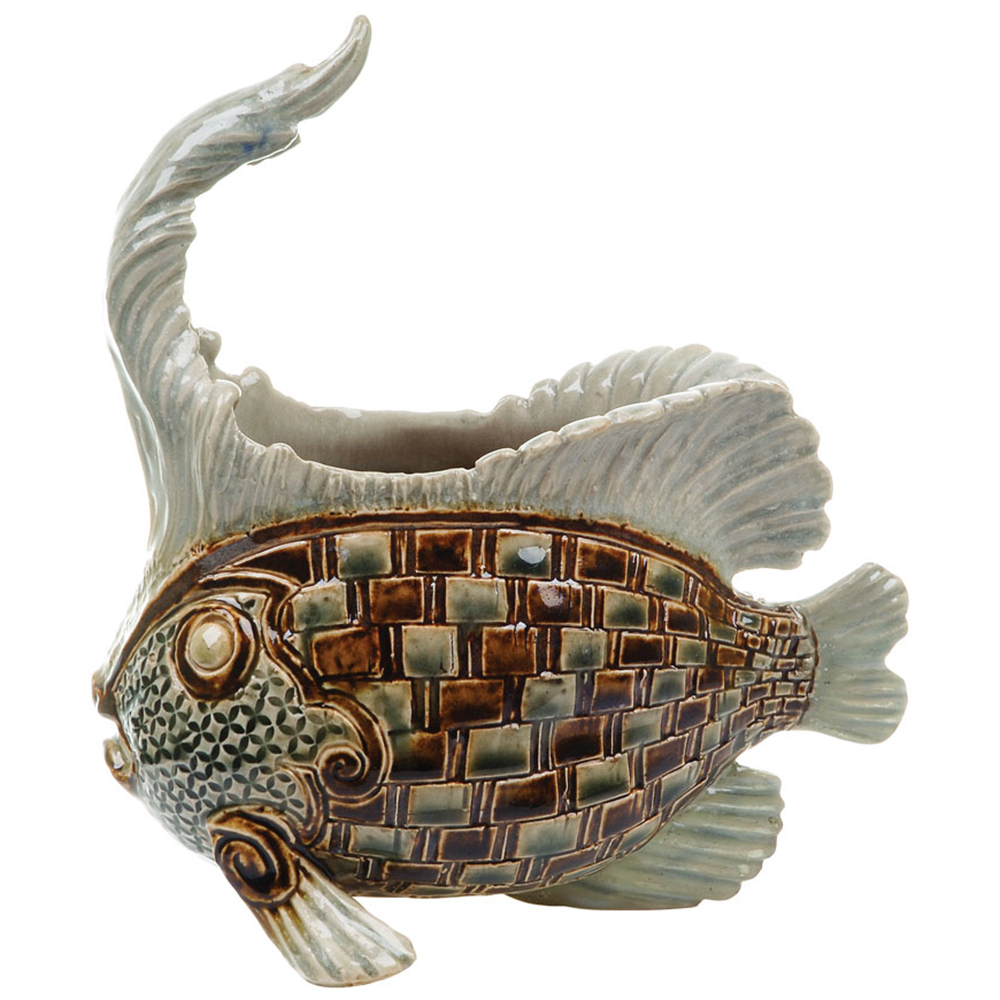
Doulton Lambeth Fish Dish by M. V. Marshall
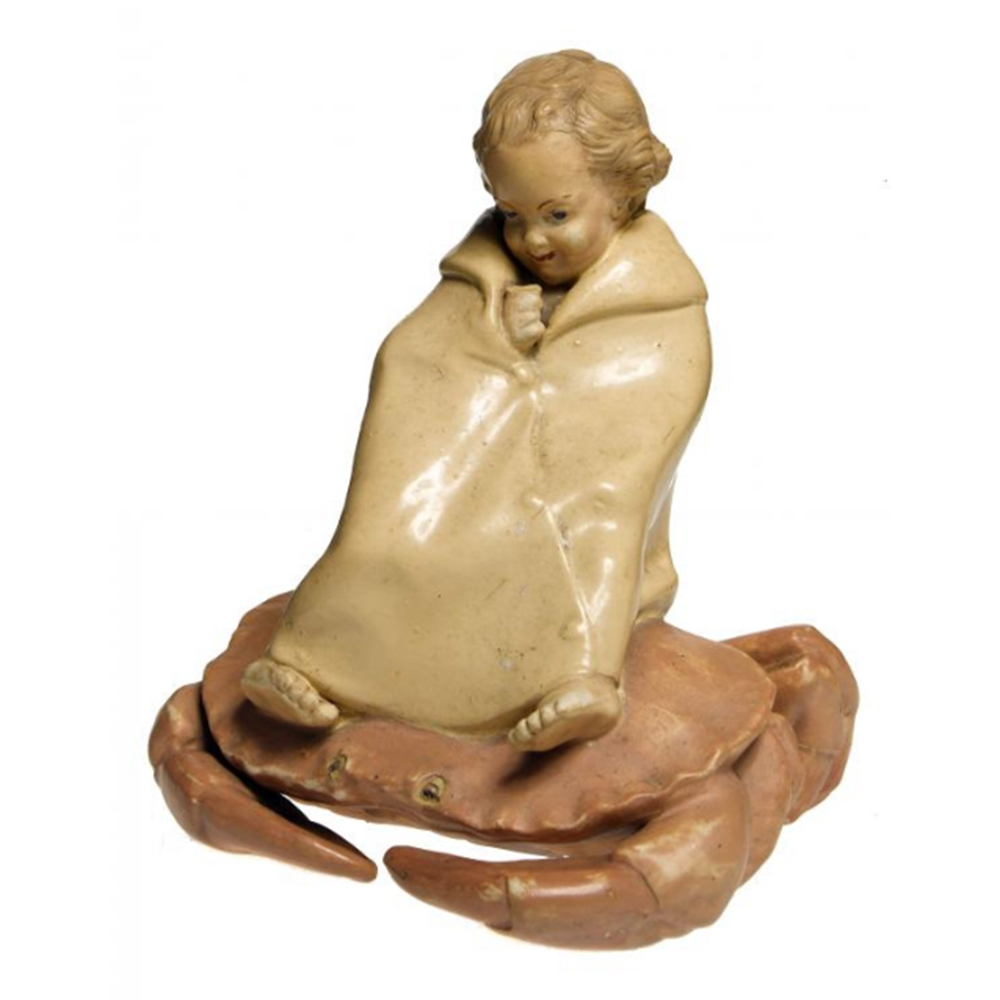
Royal Doulton Boy on Crab
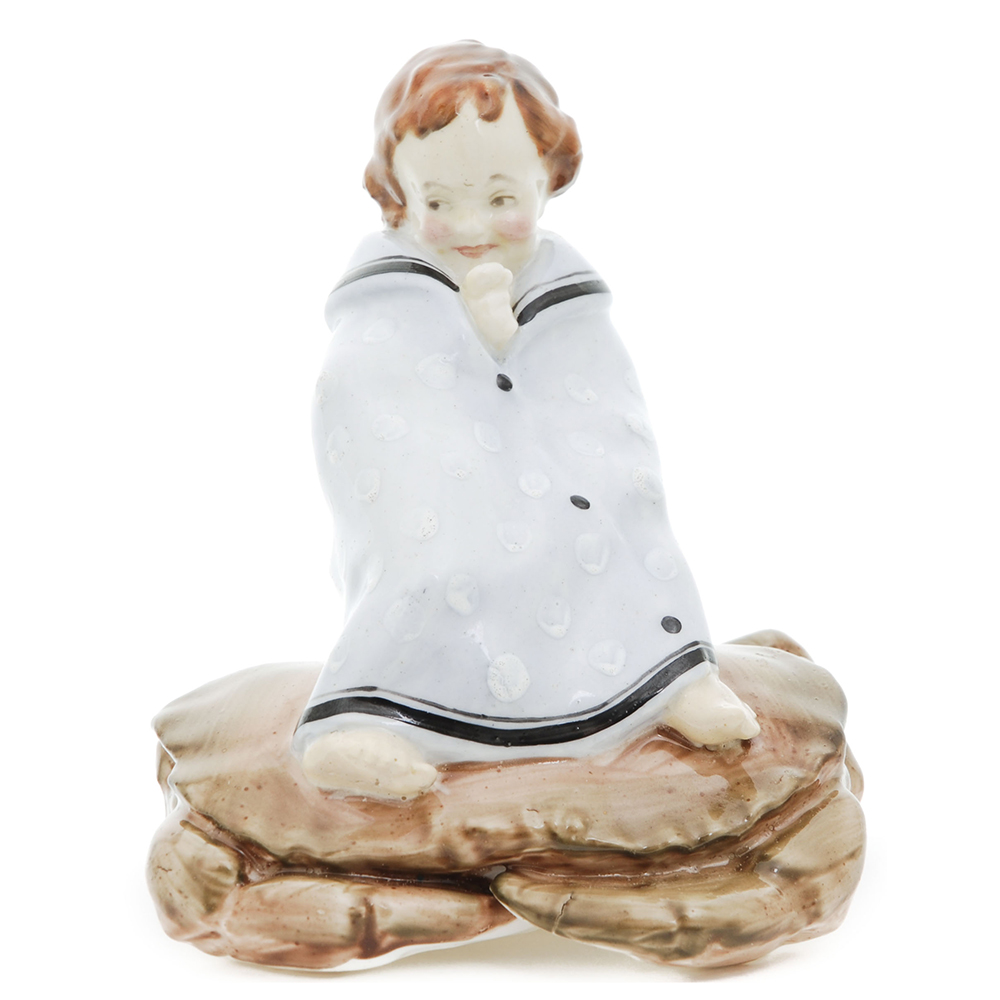
Royal Doulton Boy on Crab
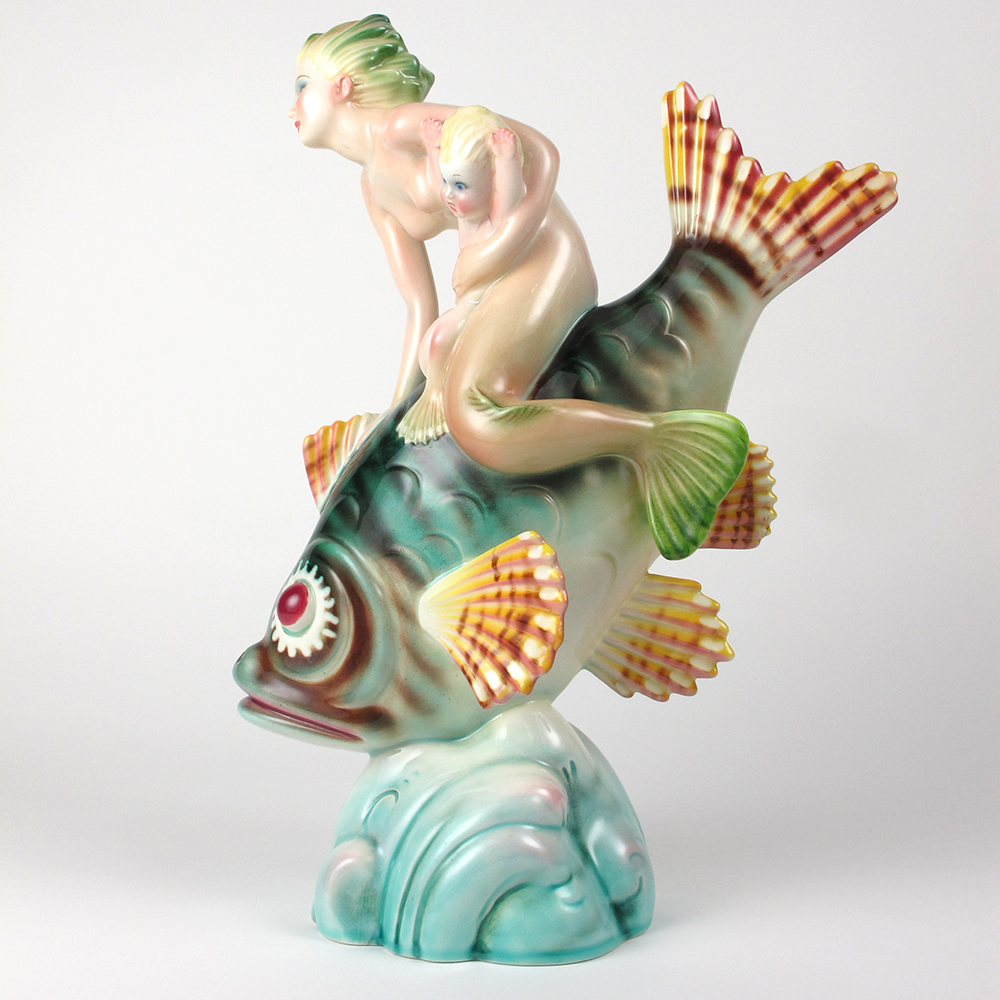
Ronson Mermaid Mother
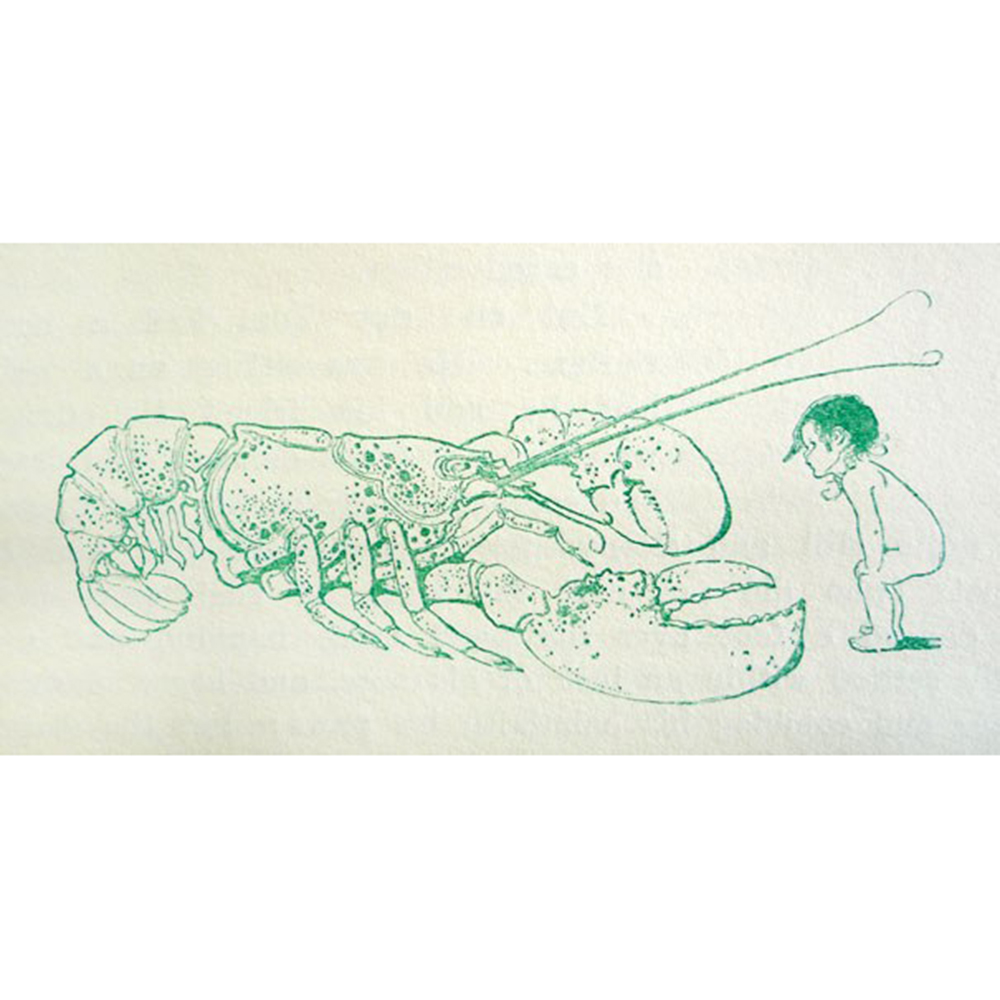
Water Baby Illustration by J. Willcox Smith
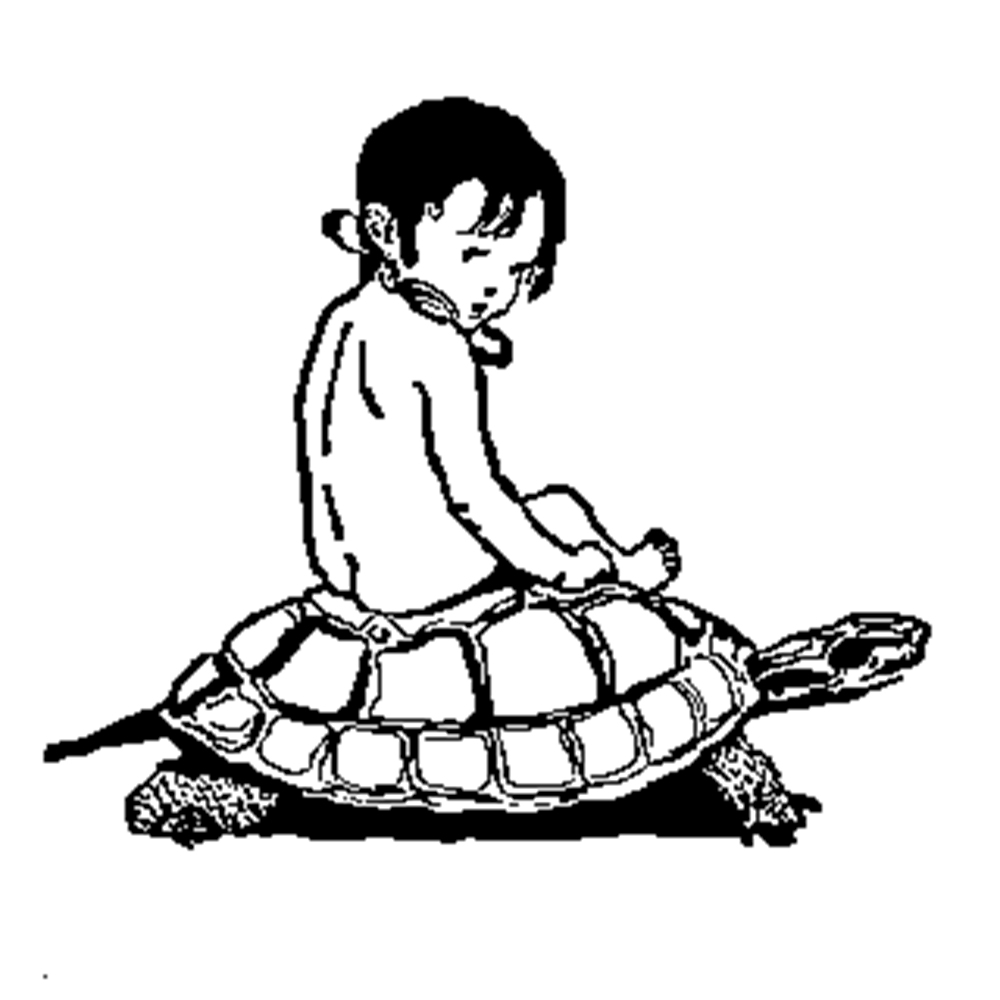
Water Babies Illustration
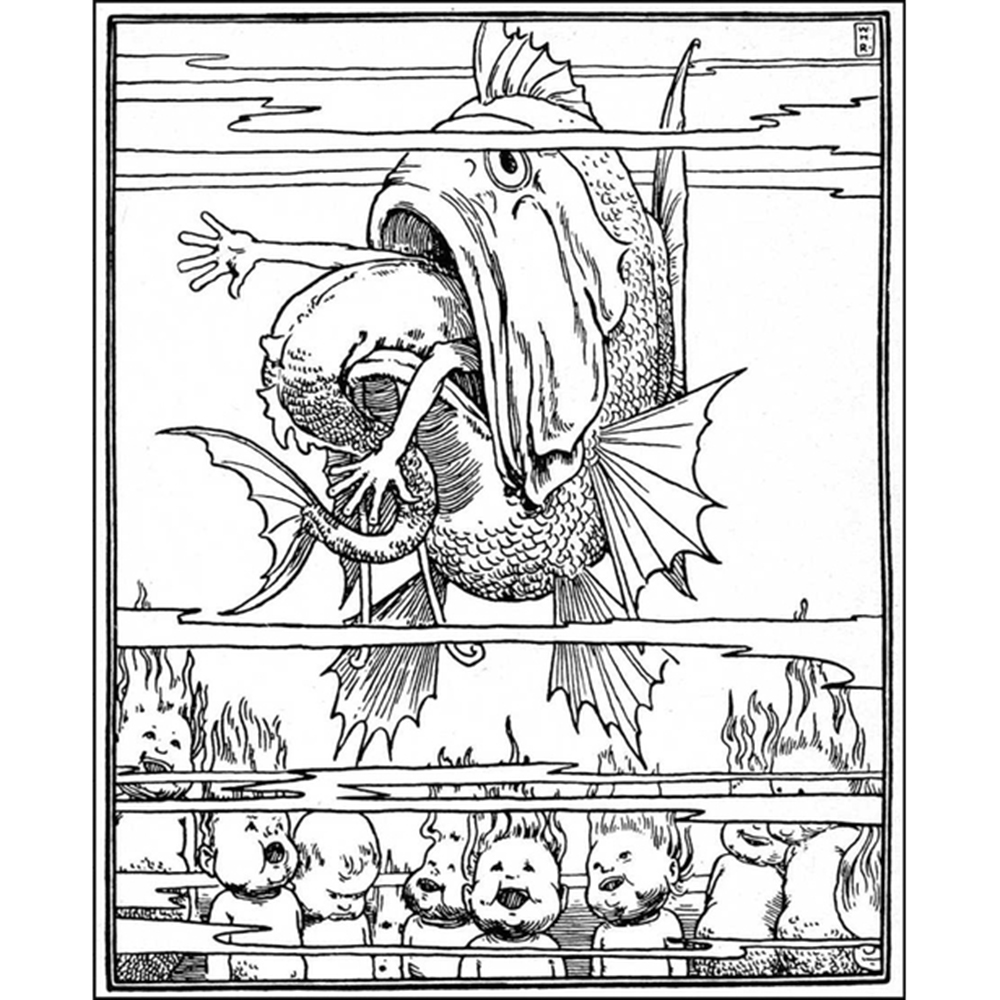
Water Babies Illustration by W. Heath Robinson
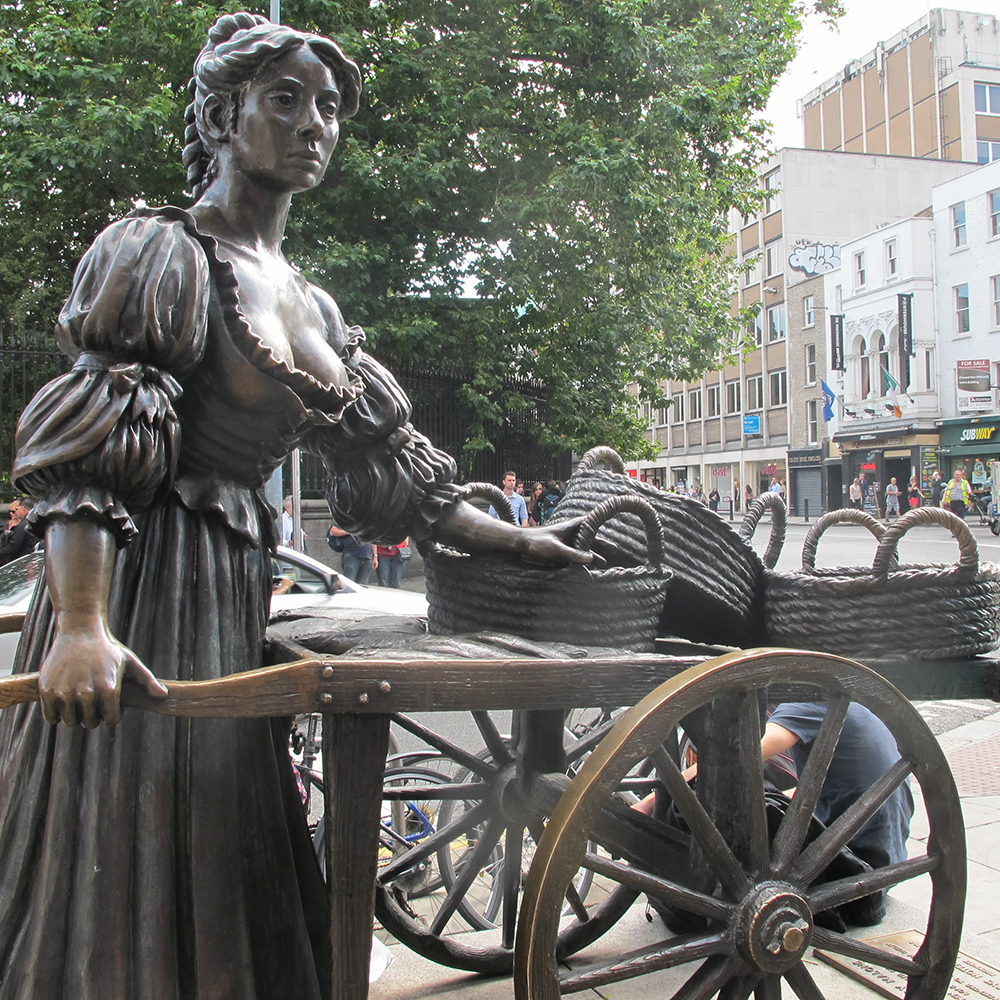
Malone Statue, Dublin
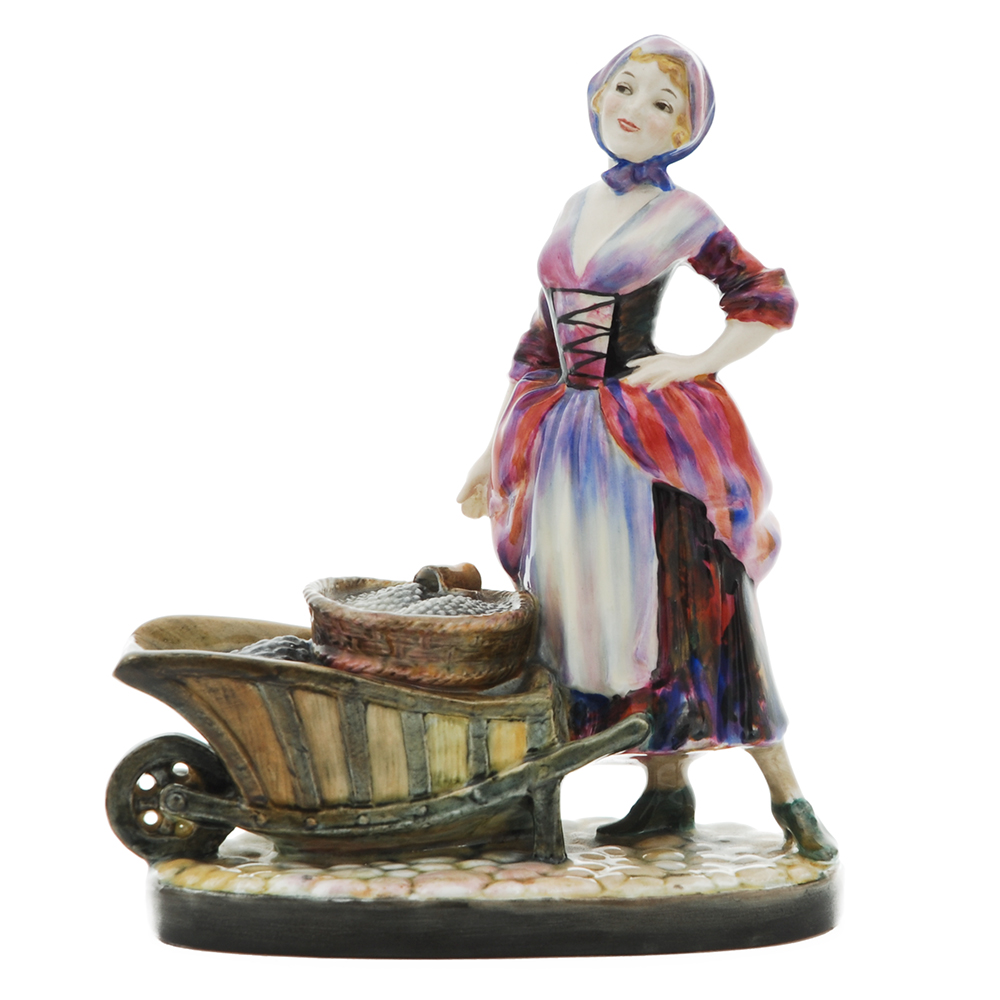
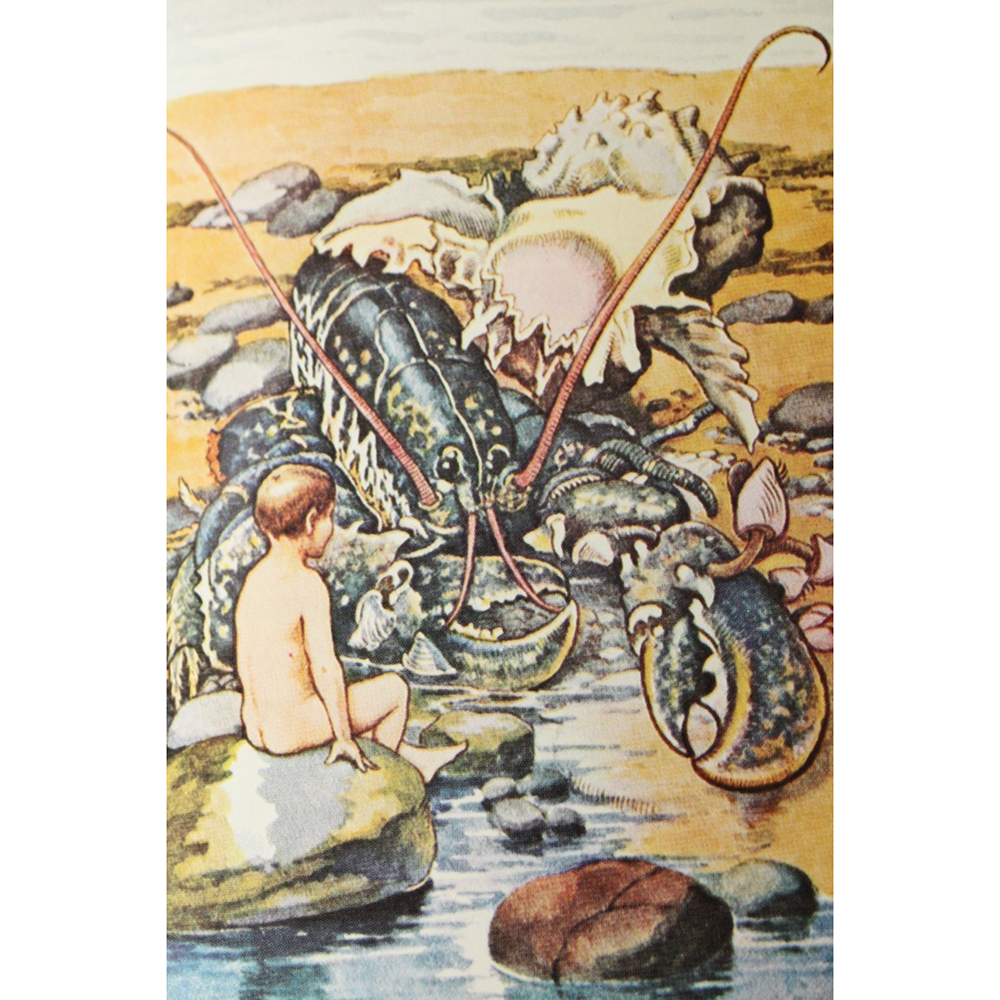
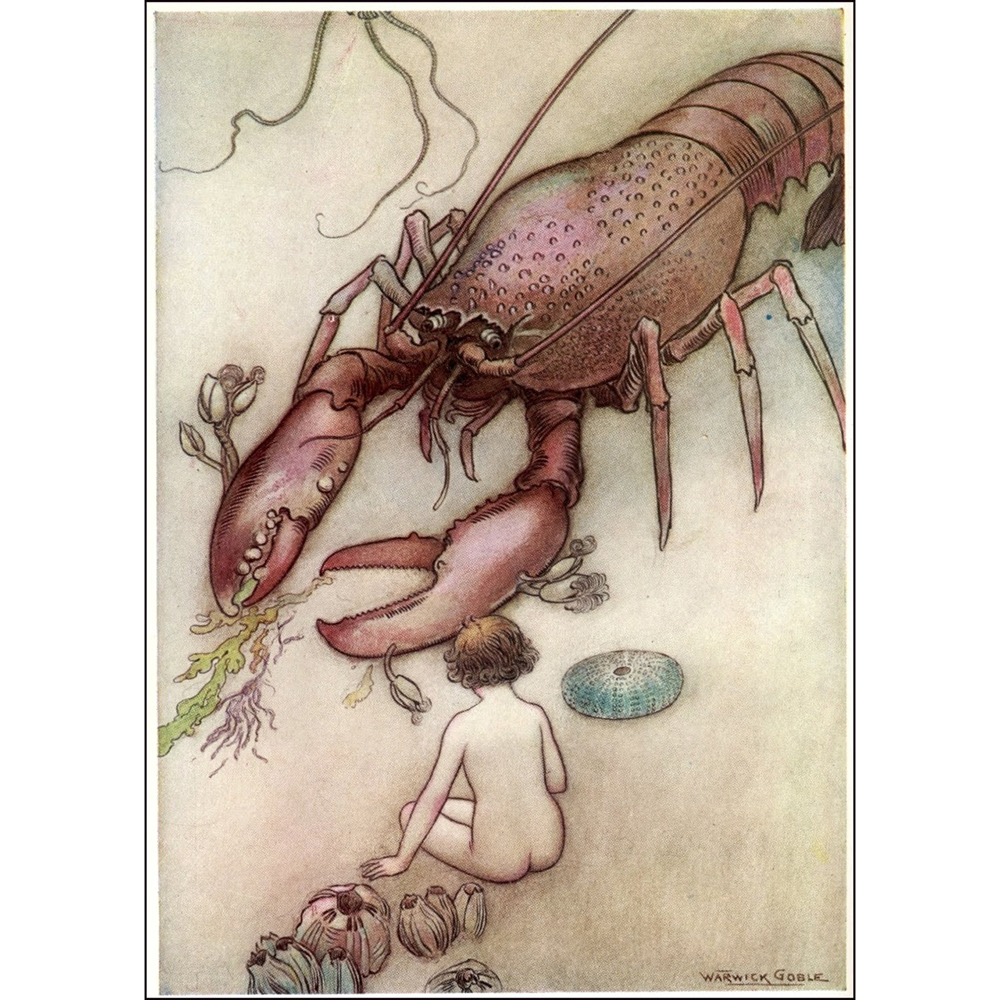
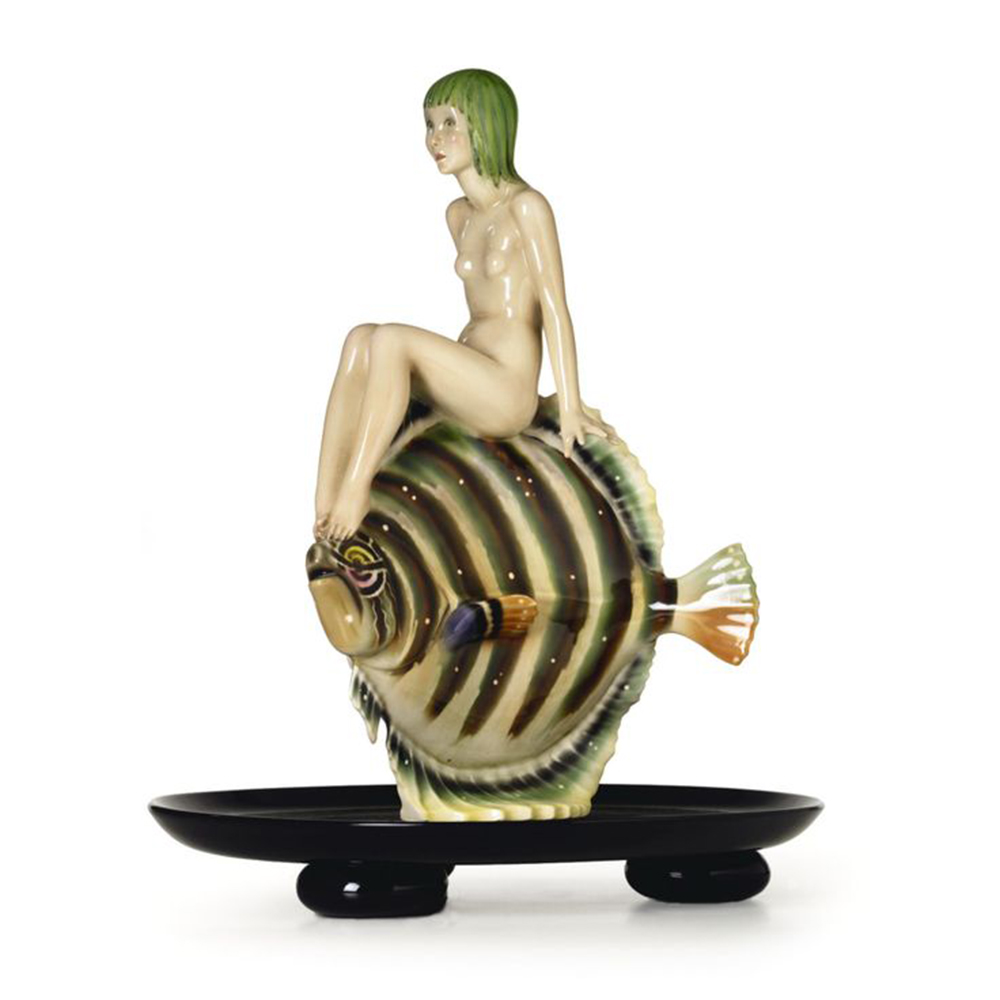
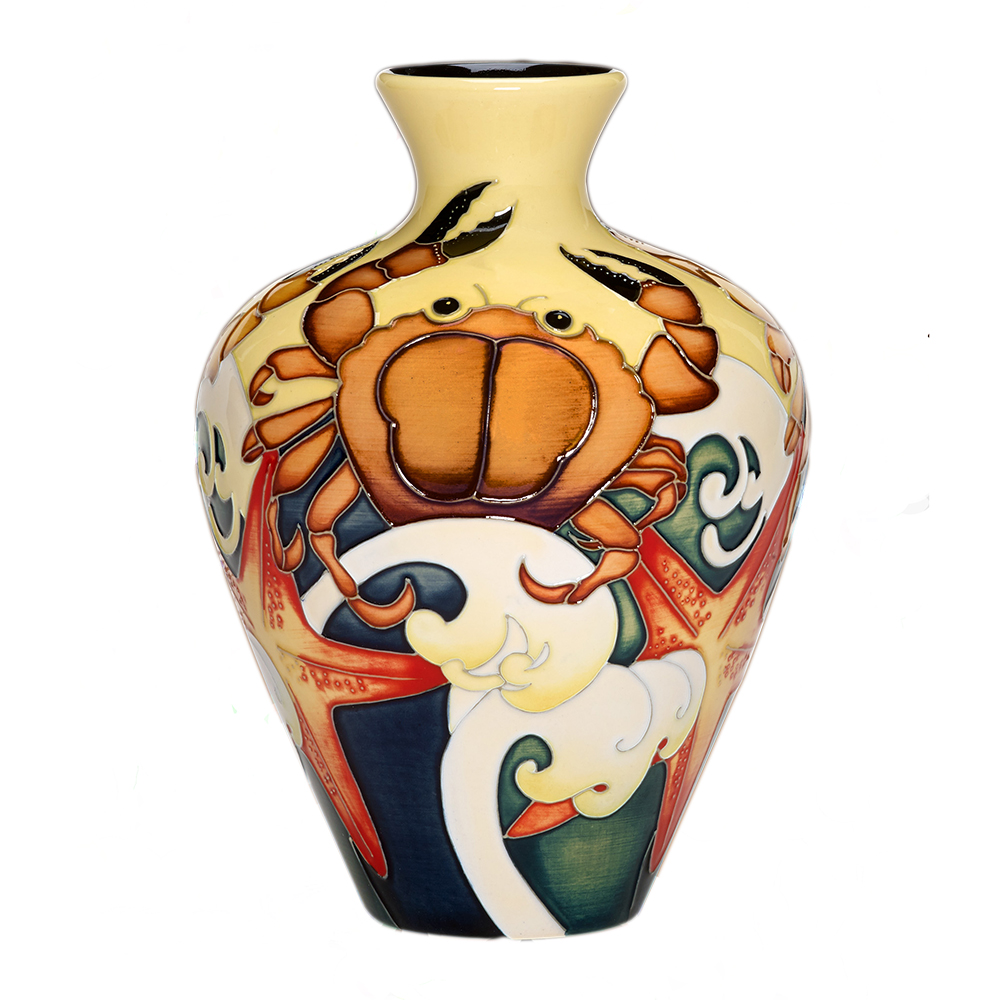
Moorcroft Crabwise
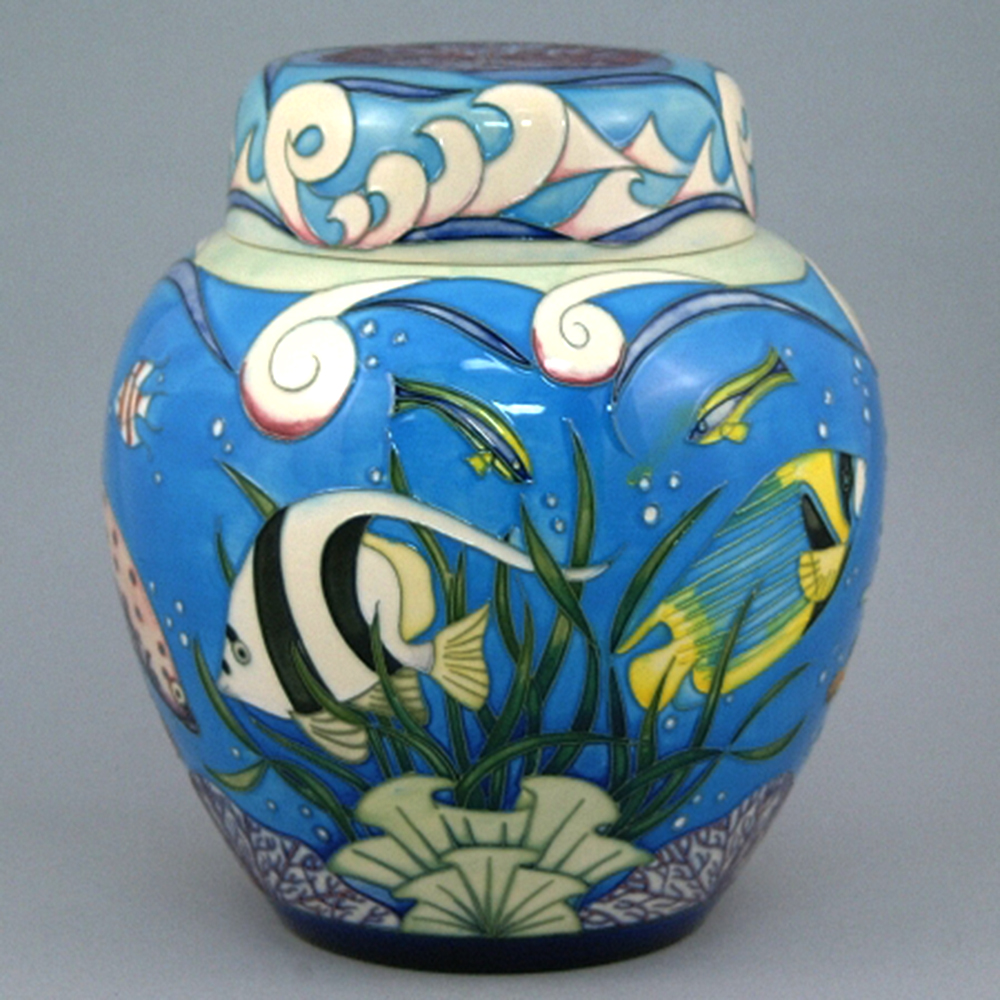
Moorcroft Coral Reef
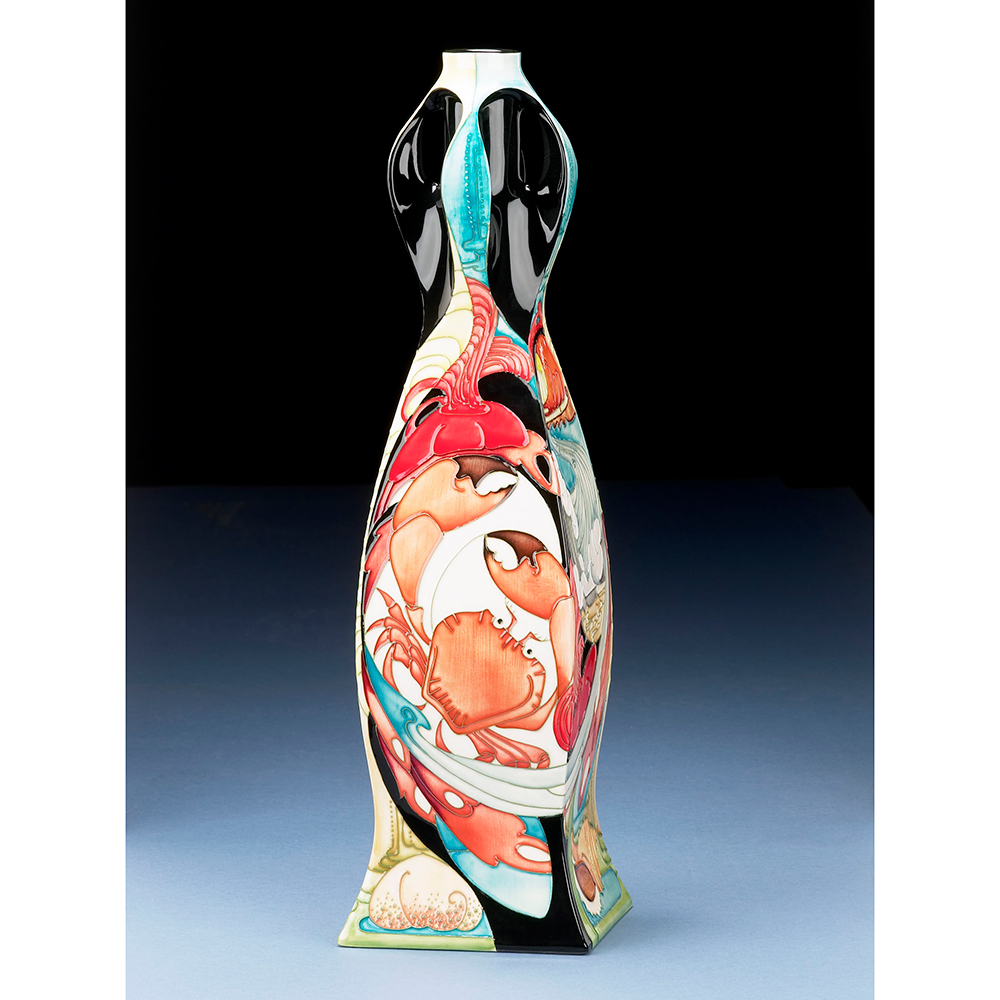
Moorcroft Cromer
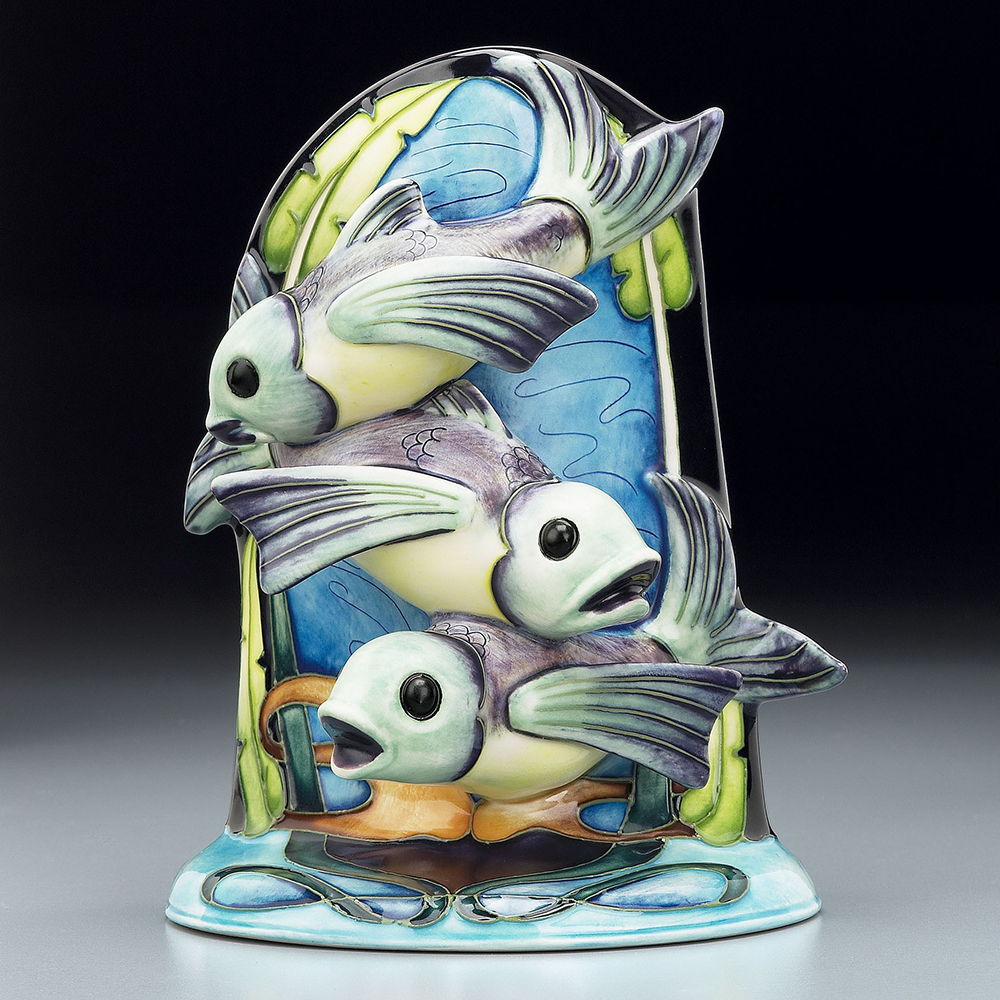
Moorcroft Fish
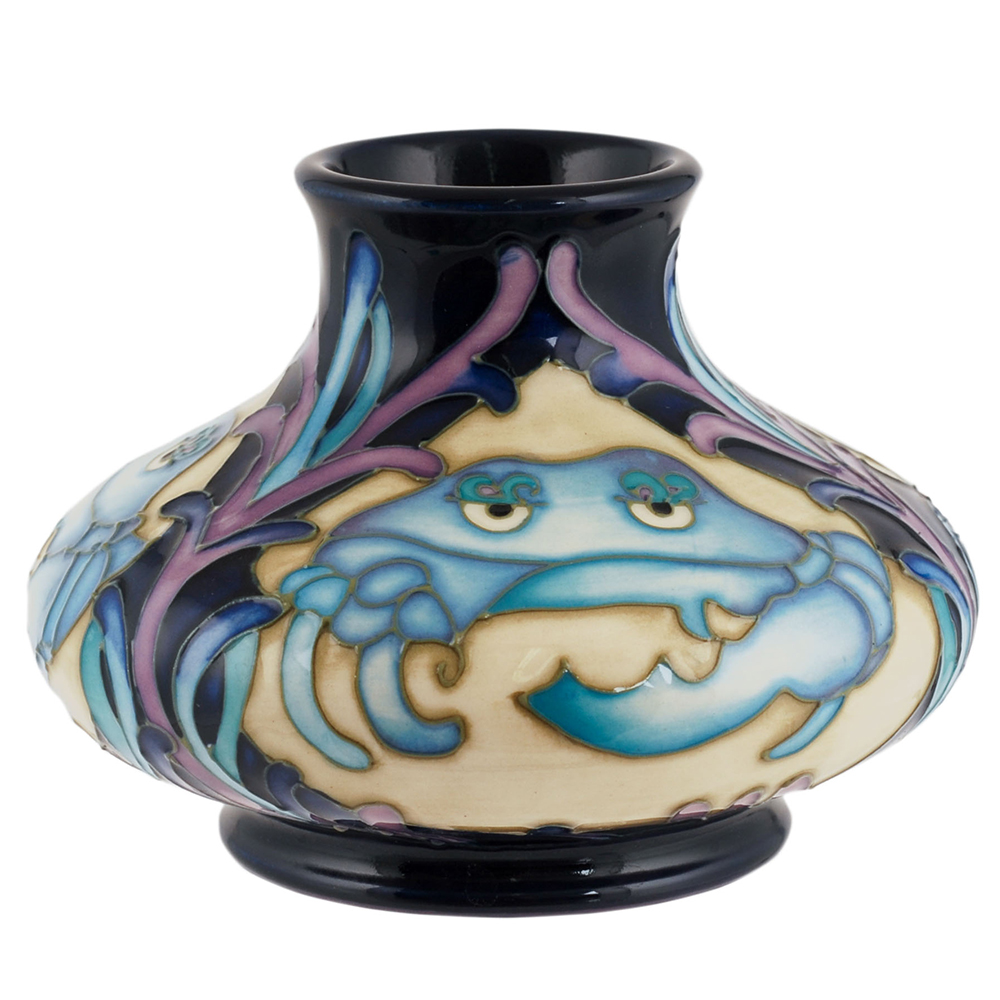
Moorcroft Moroccan Myth
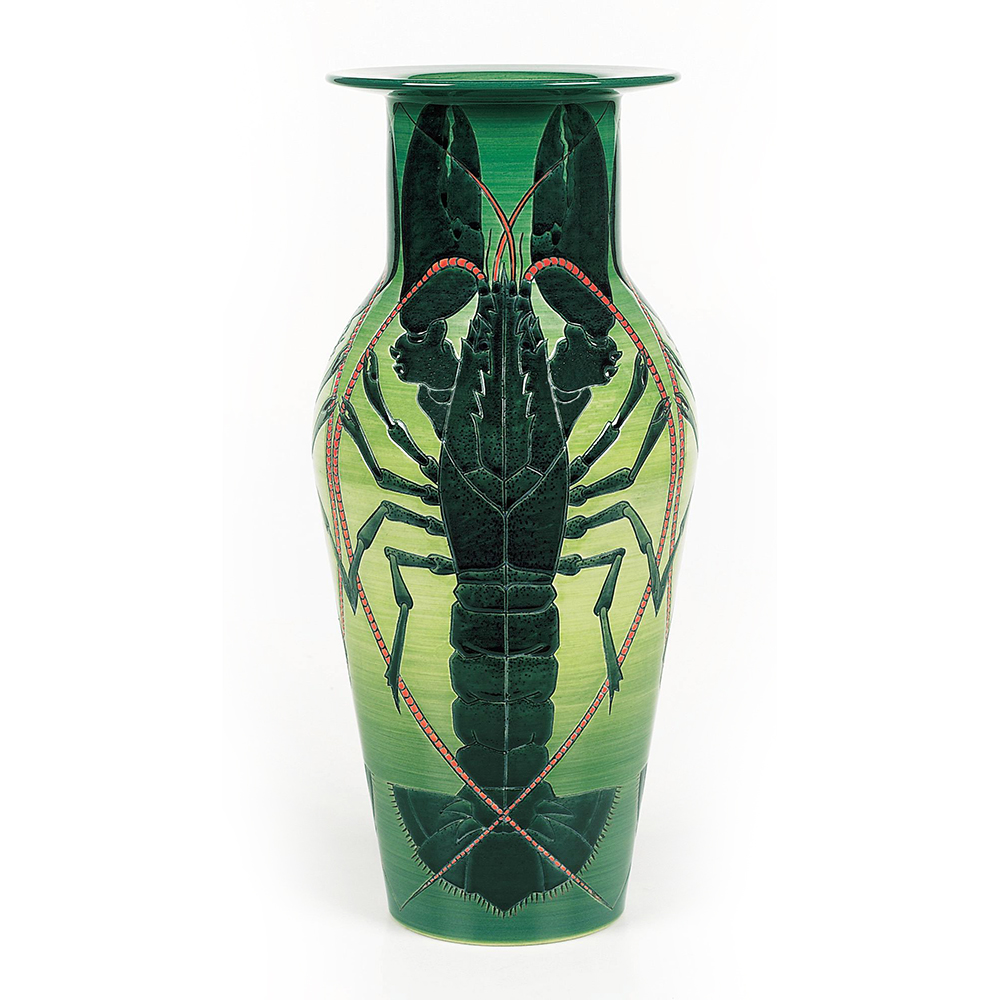
Dennis Chinaworks Lobster Vase
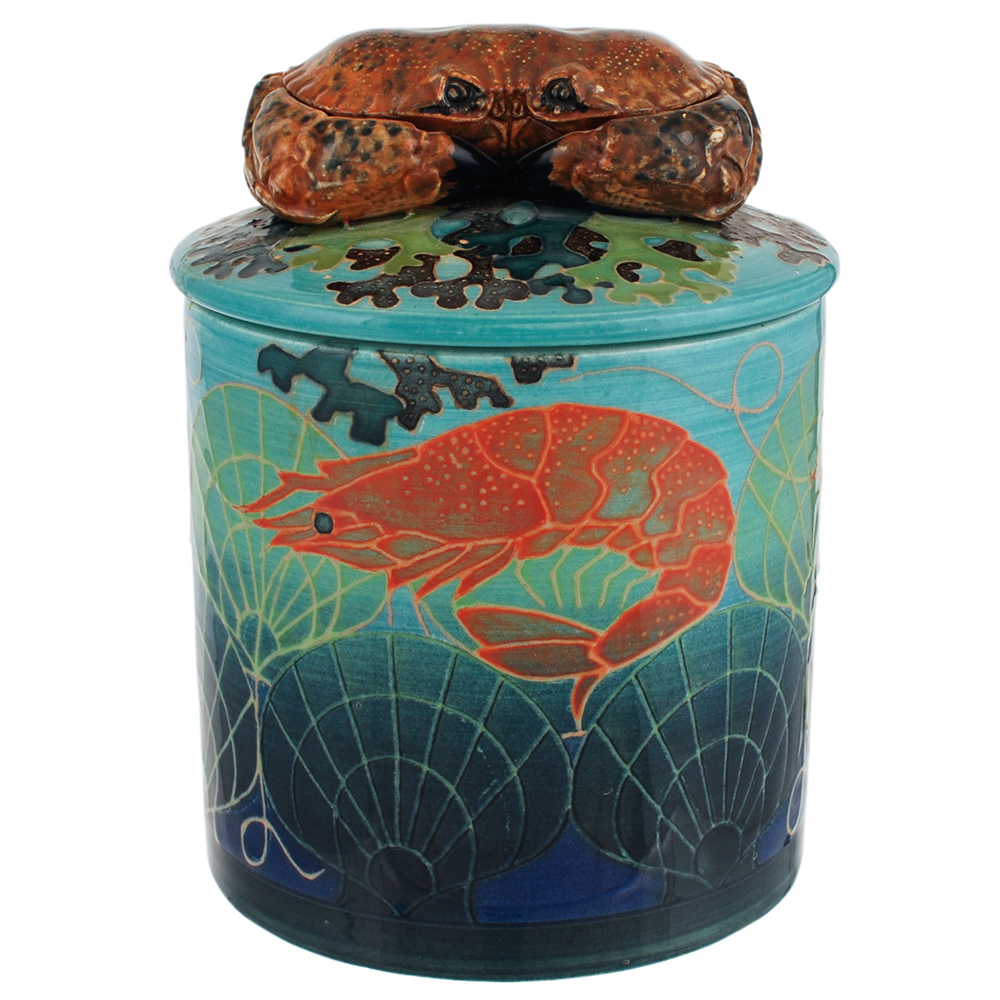
Dennis Chinaworks Crab Box
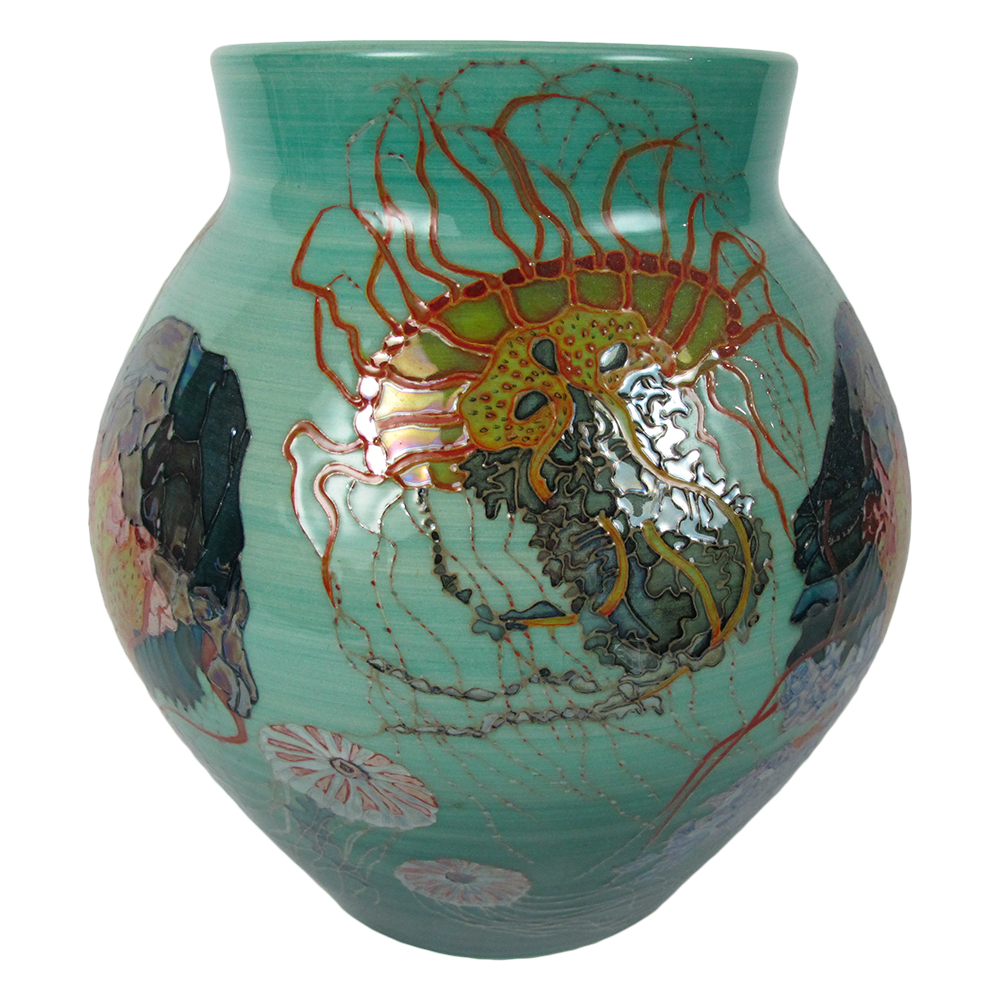
Dennis Chinaworks Crab Box

Dennis Chinaworks Crab Box

Dennis Chinaworks Crab Box
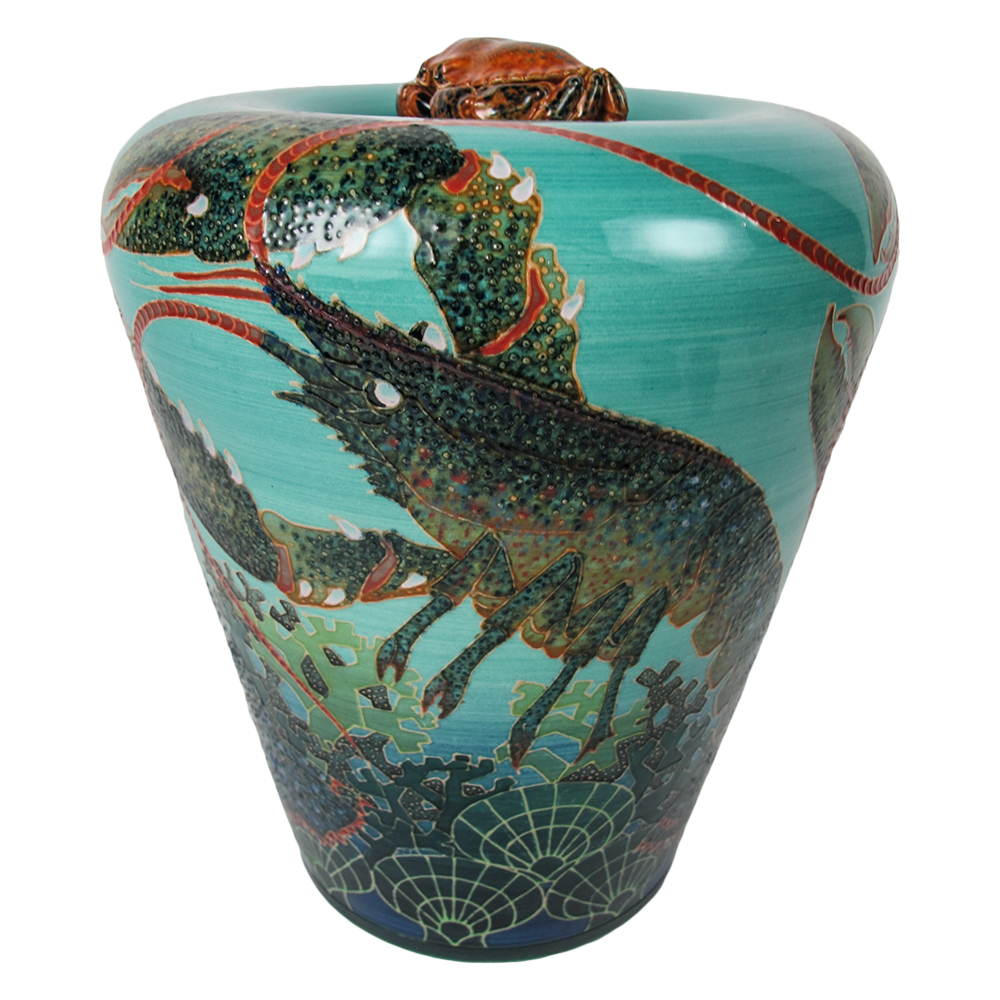
Dennis Chinaworks Lobster
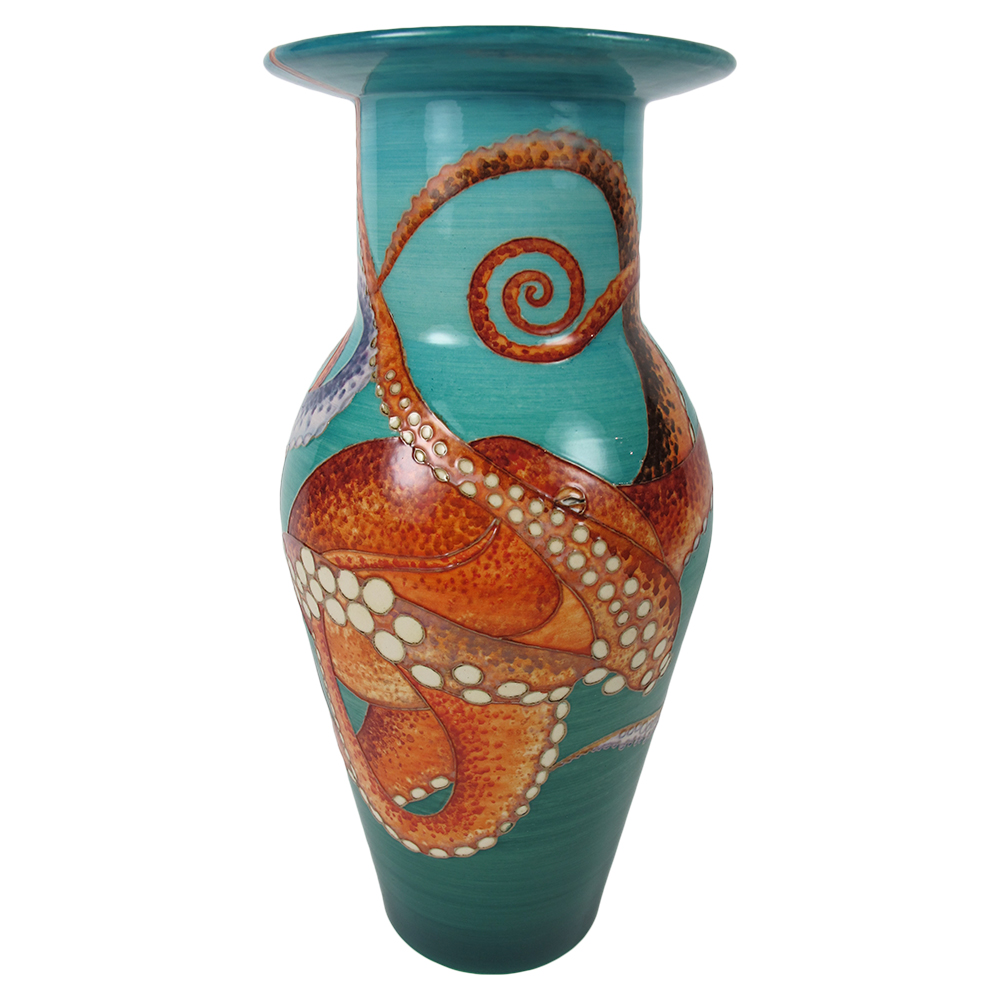
Dennis Chinaworks Octopus
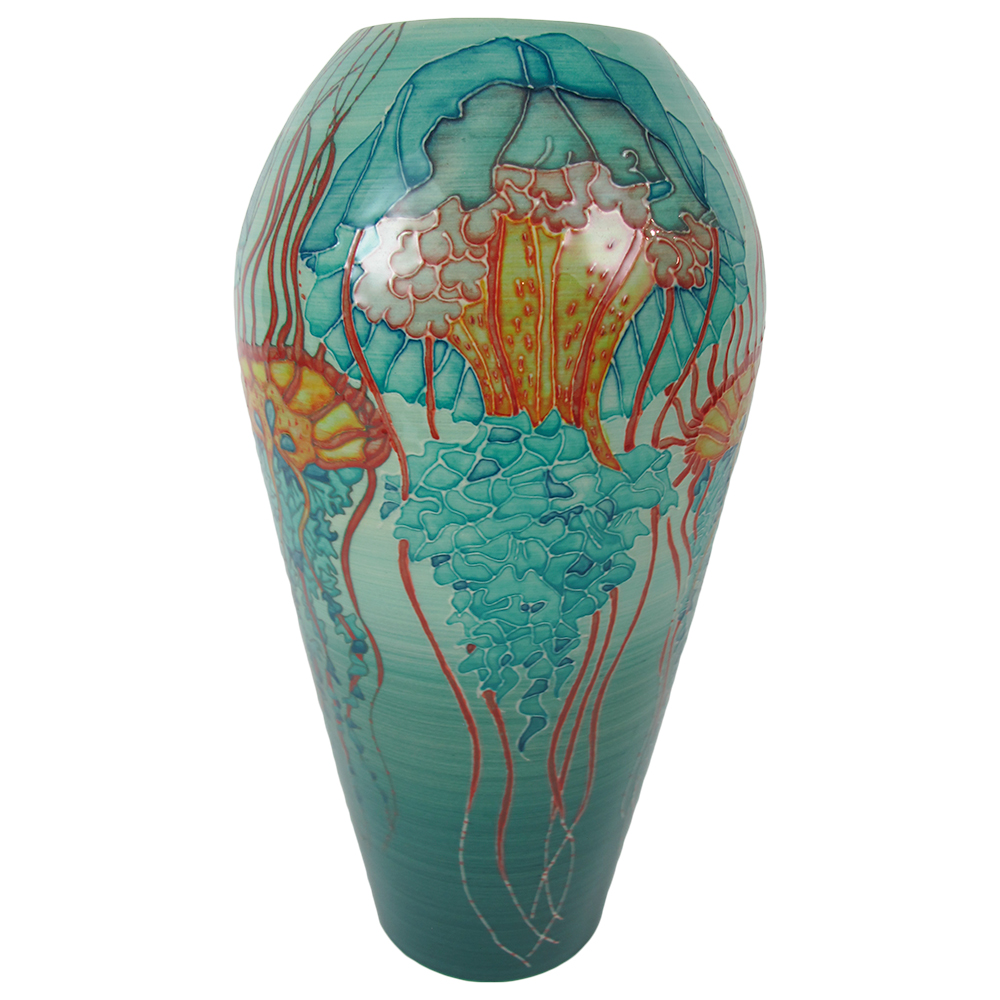
Dennis Chinaworks Jellyfish
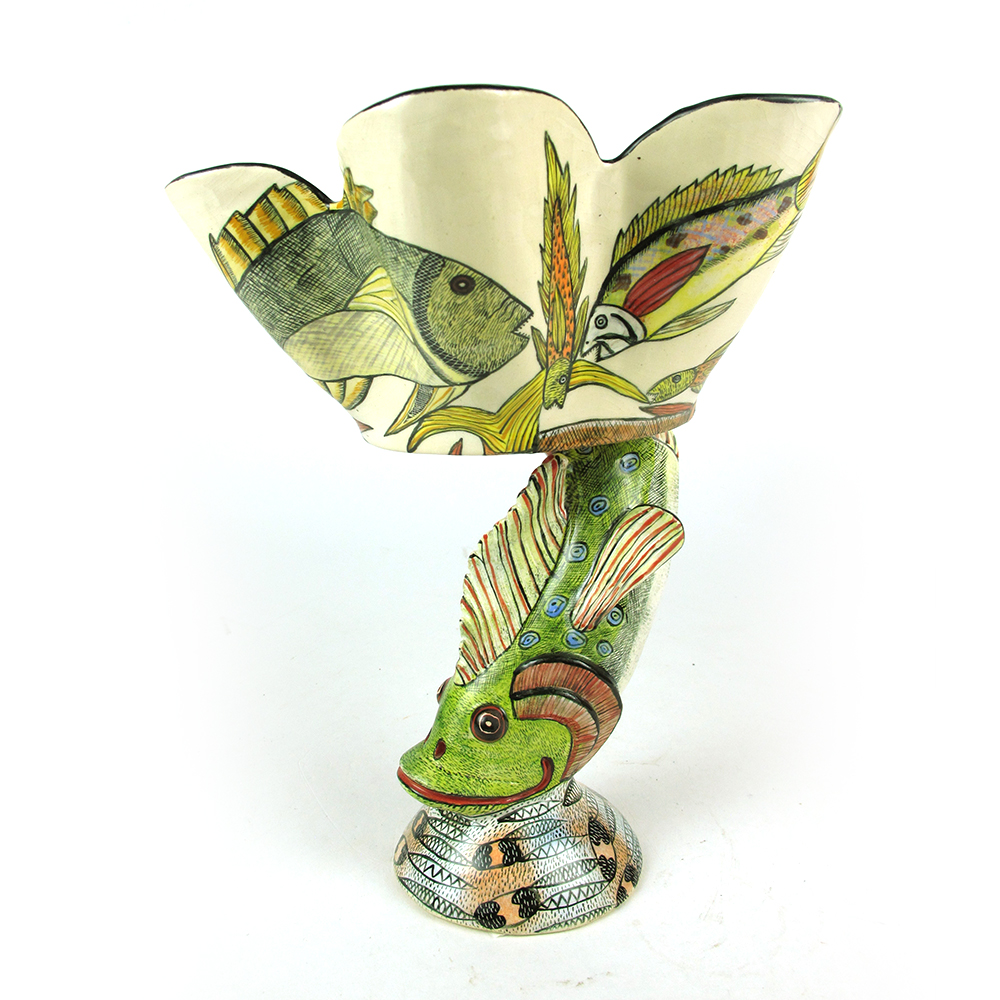
Kissing Fish Teapot by R. Cockram
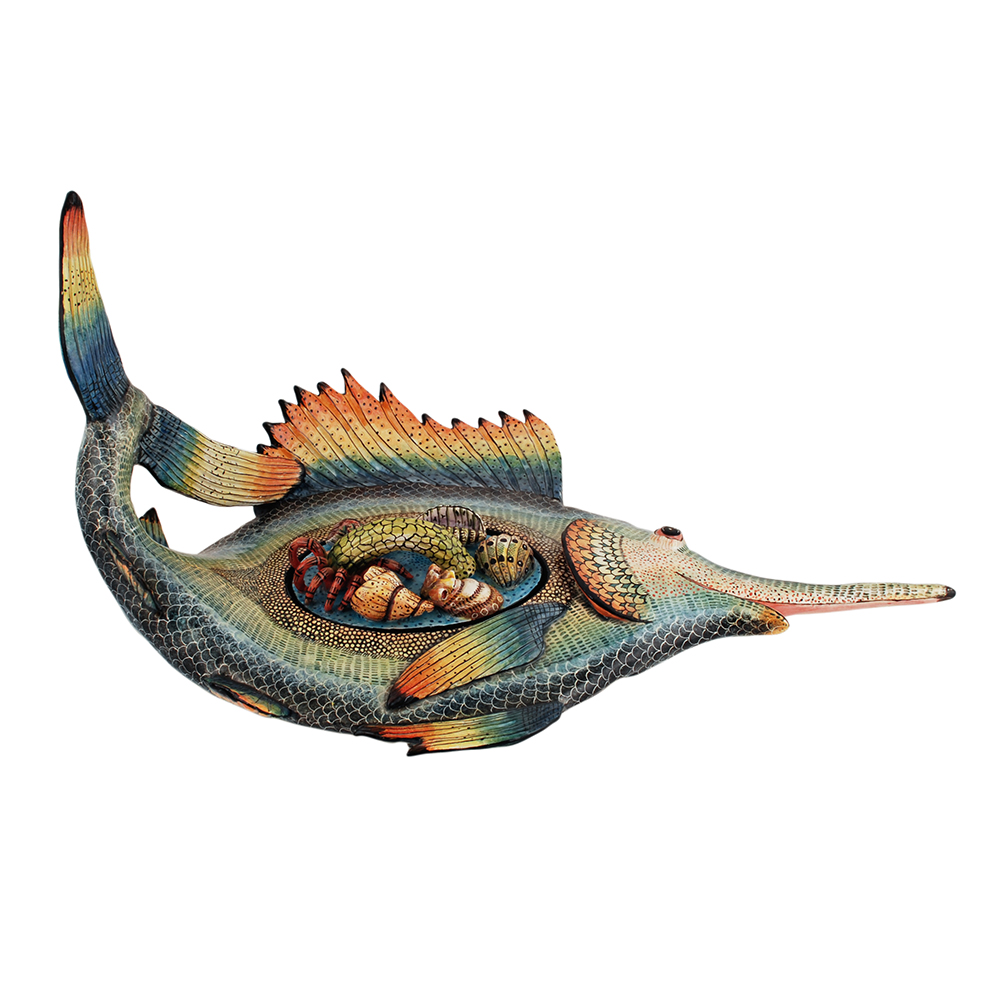
Ardmore-Sailfish-Tureen
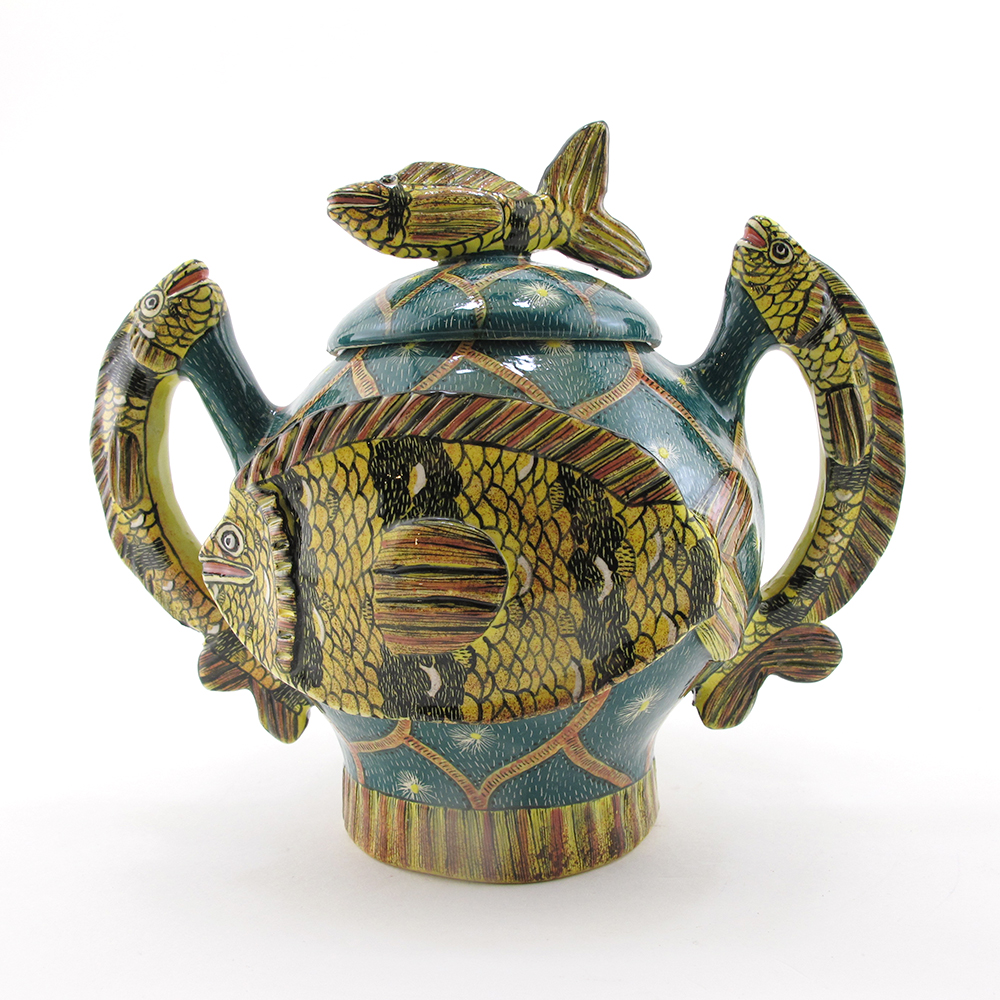
Kissing Fish Teapot by R. Cockram
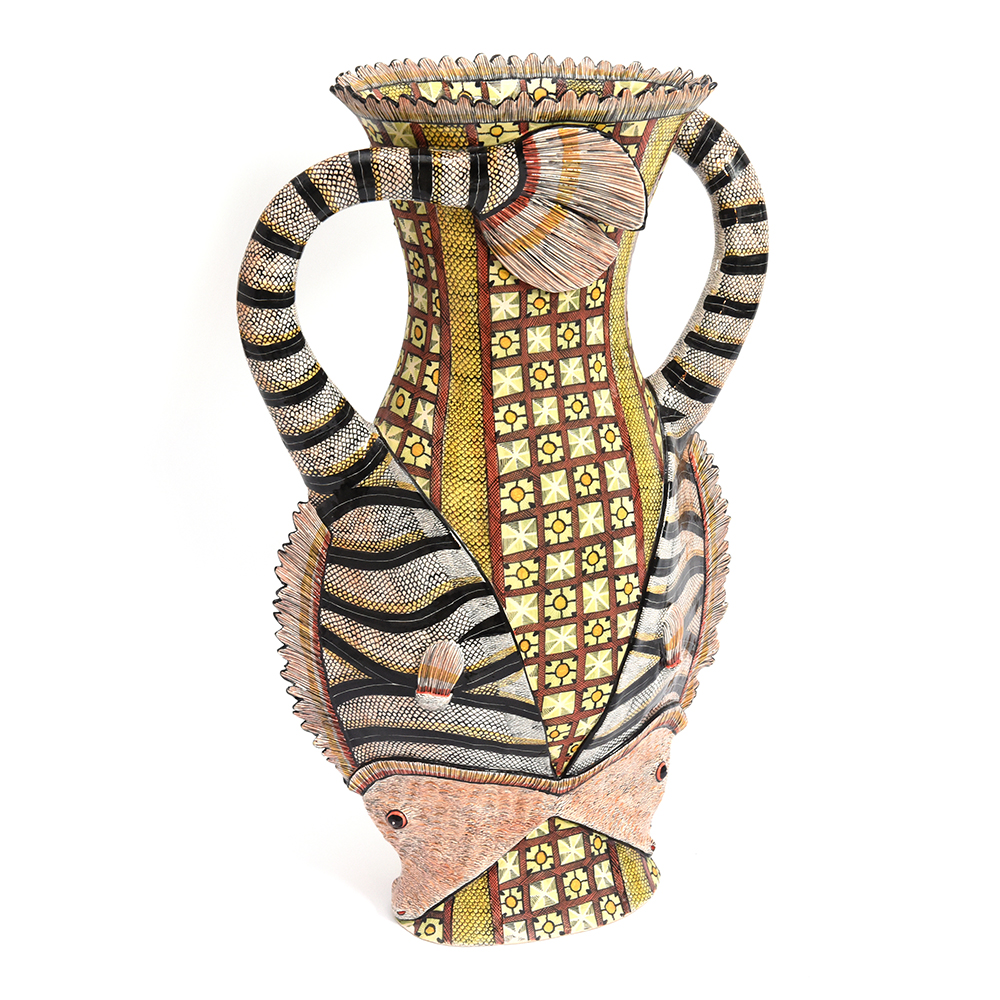
Kissing Fish Teapot by R. Cockram
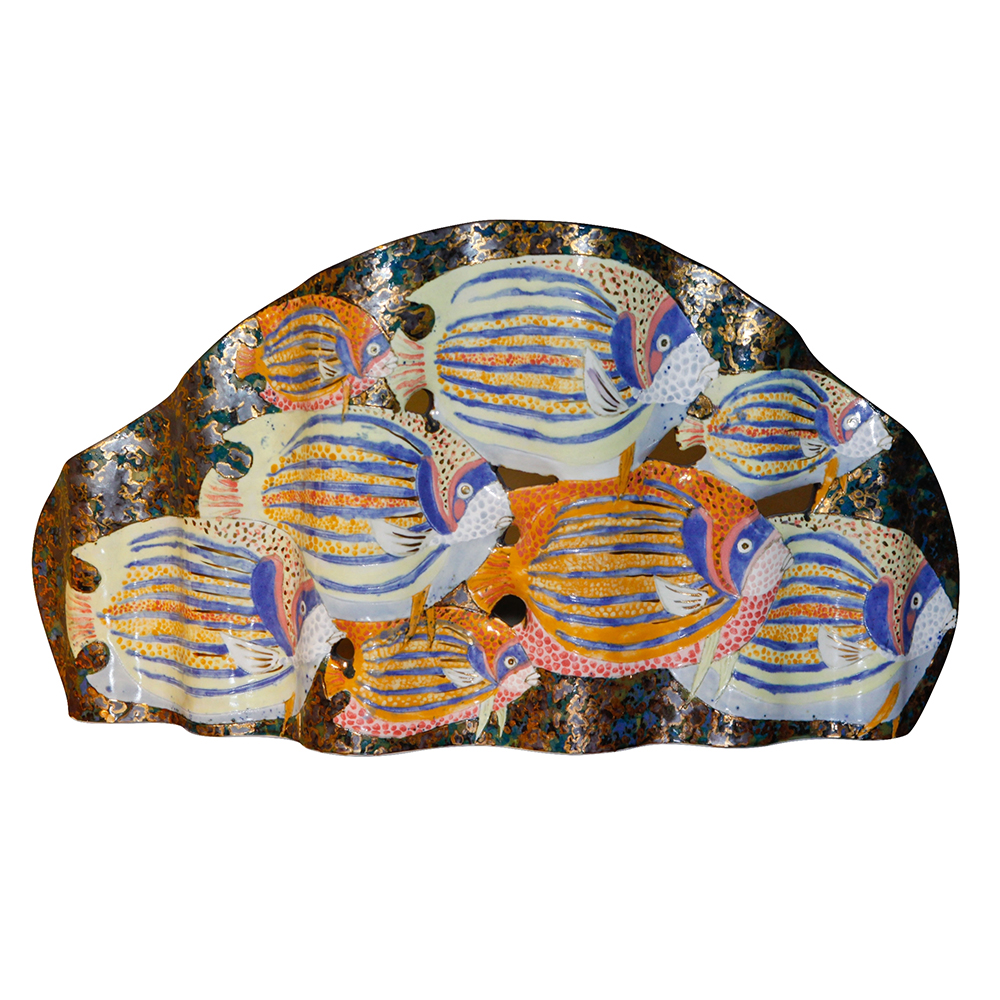
Emperor Wave by R. Cockram
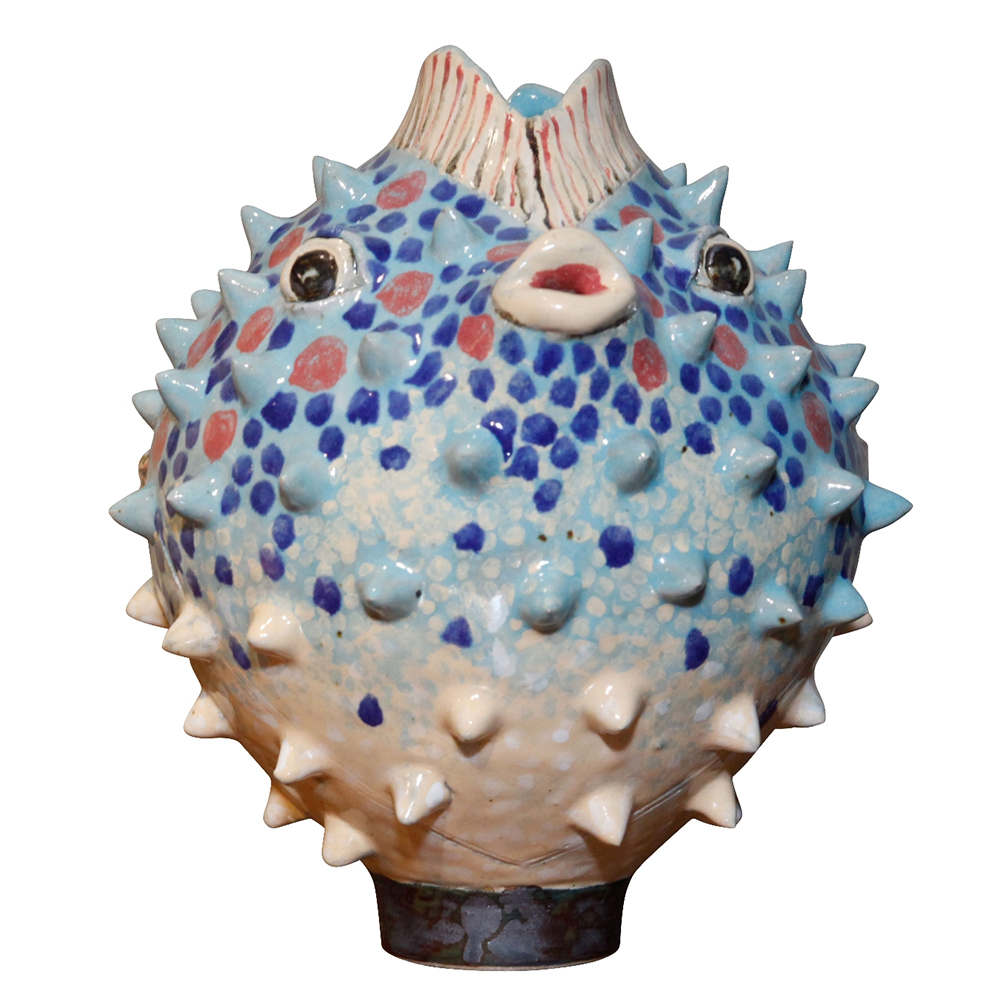
Puffer Fish by R. Cockram
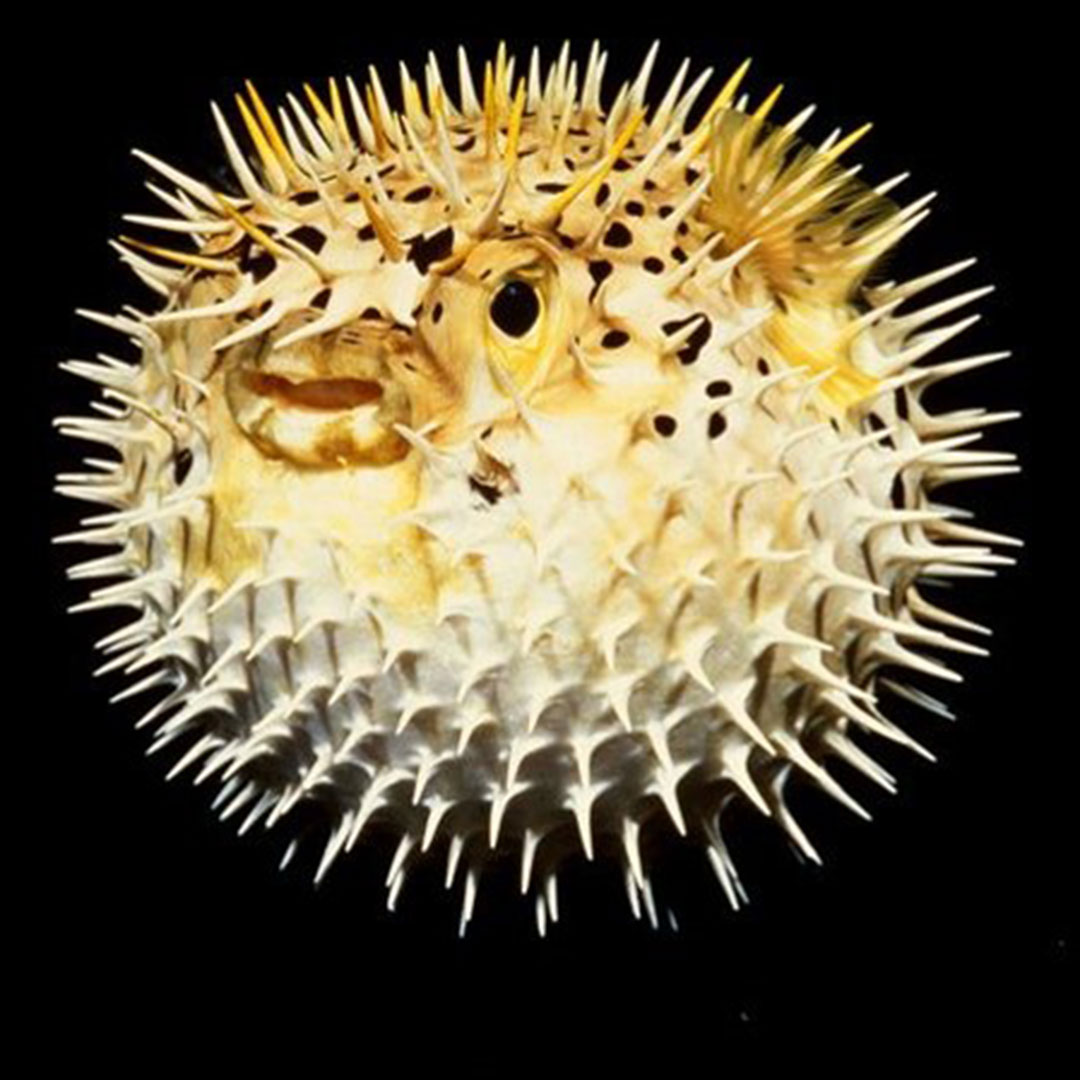
Puffer Fish
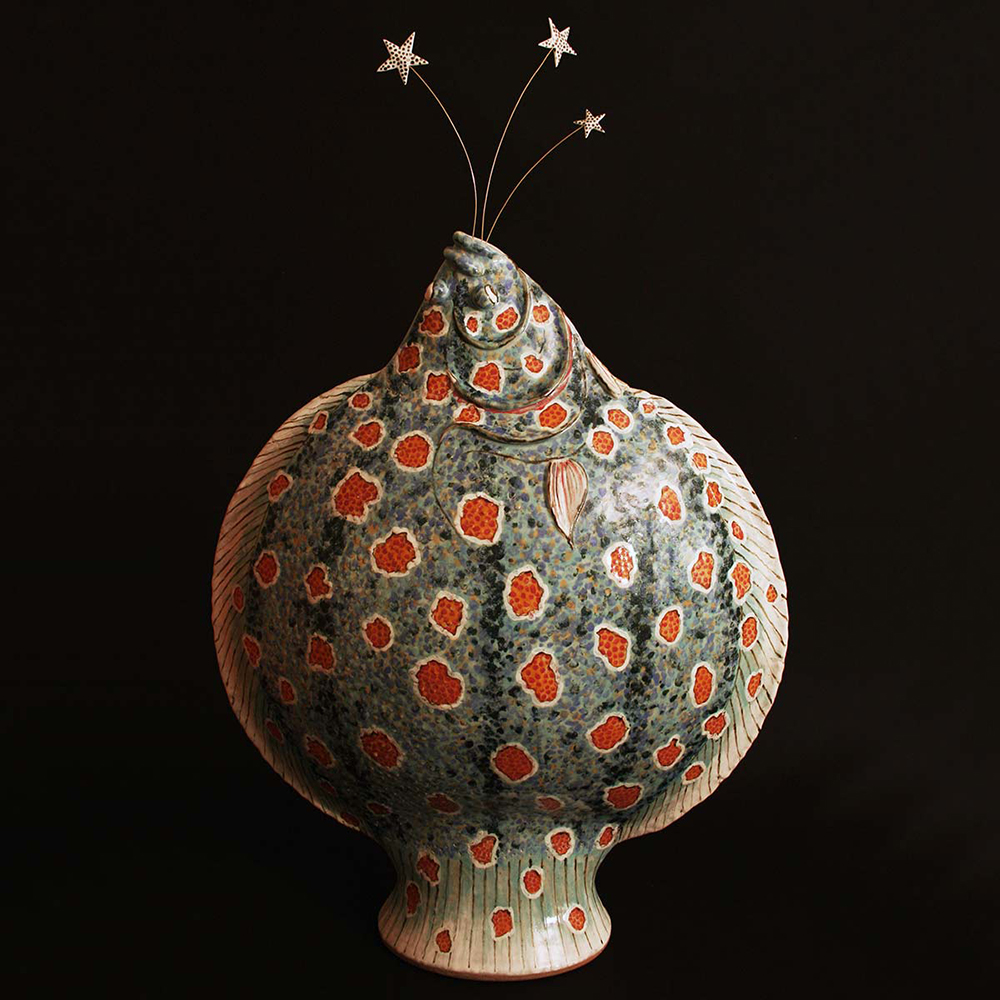
Plaiced on the Seabed by R. Cockram
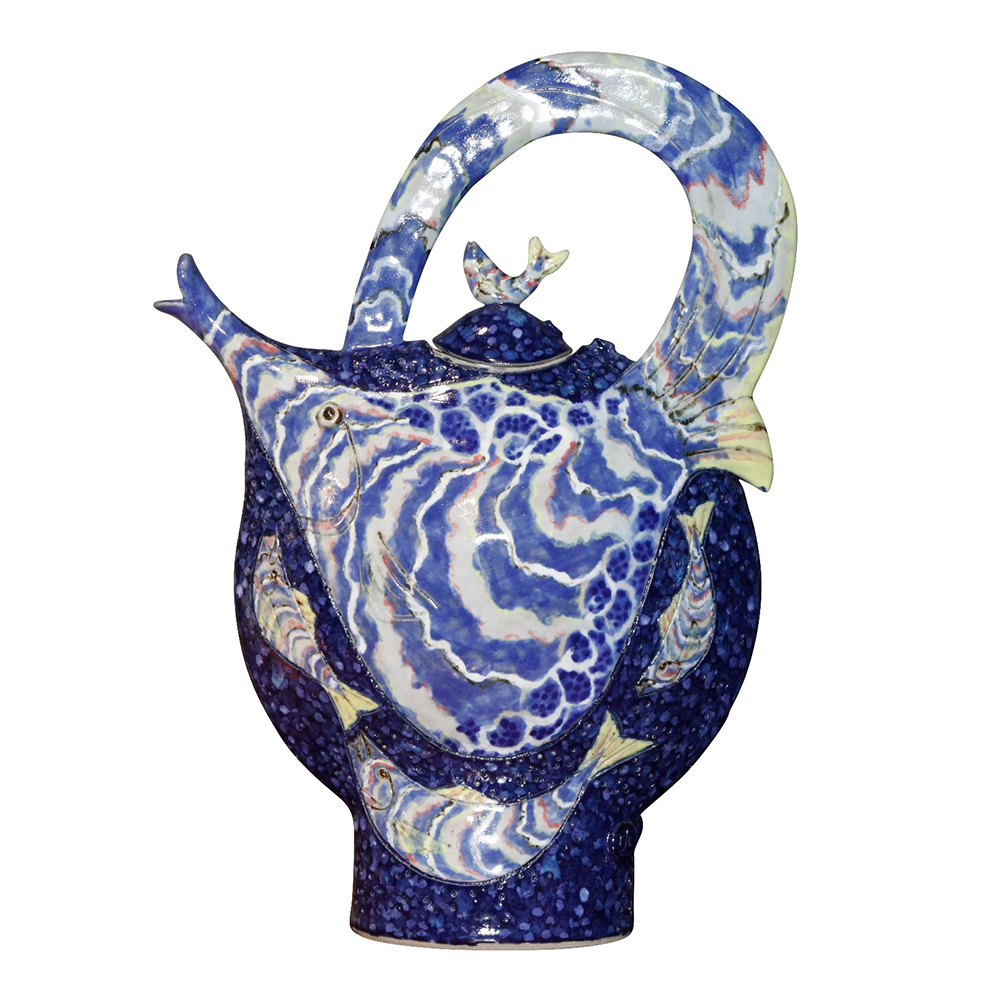
Kissing Fish Teapot by R. Cockram

Lalique Poissons Vase

Lalique Poissons Vase

Lalique Poissons Vase

Carp Venetian by D. Chihuly and P. Signoretto

Fish Venetian by D. Chihuly and P. Signoretto

Fish by Brenna Baker

Fish by Brenna Baker

Seadream by R. Stern

